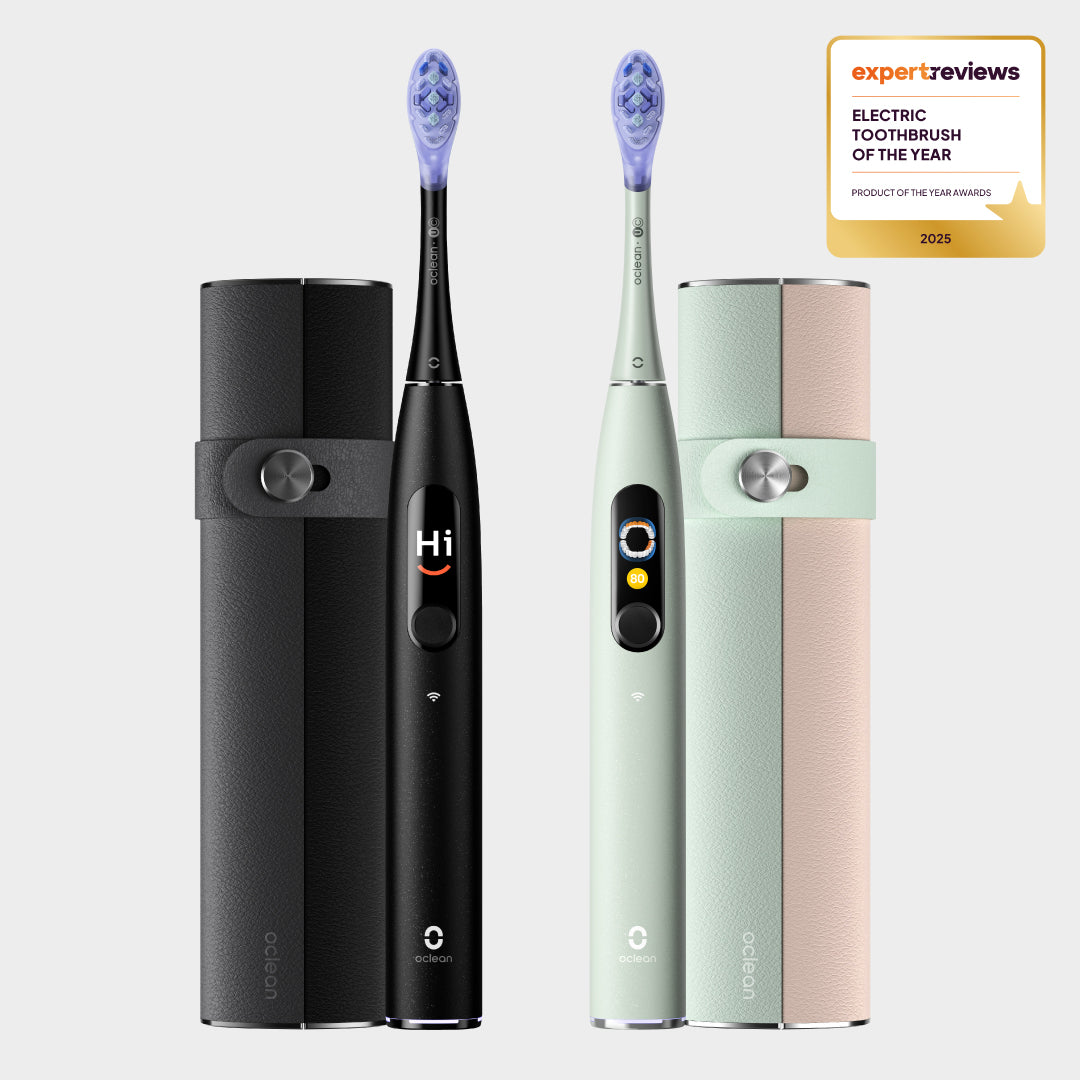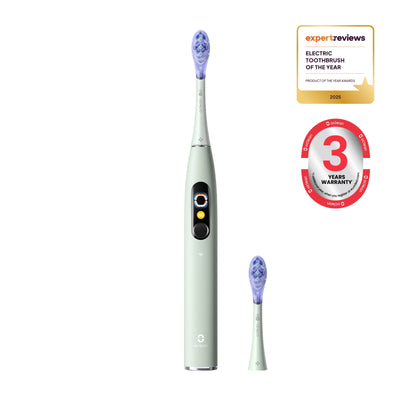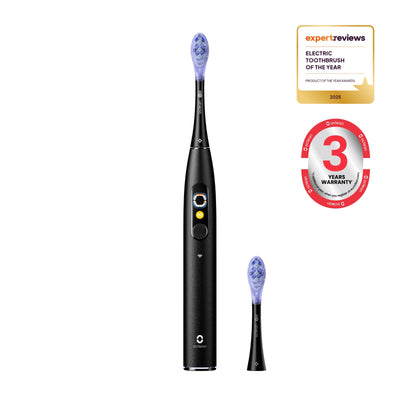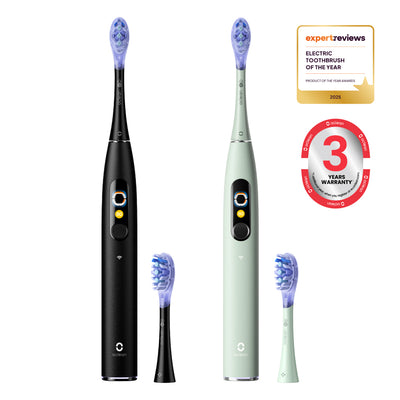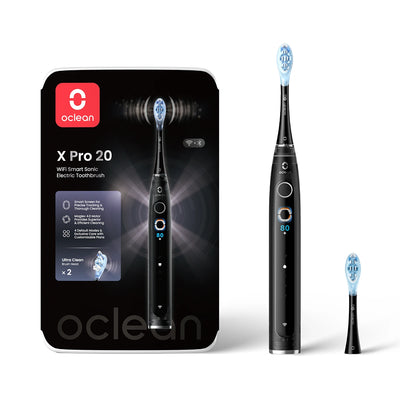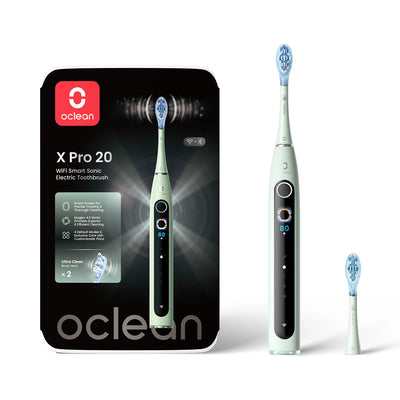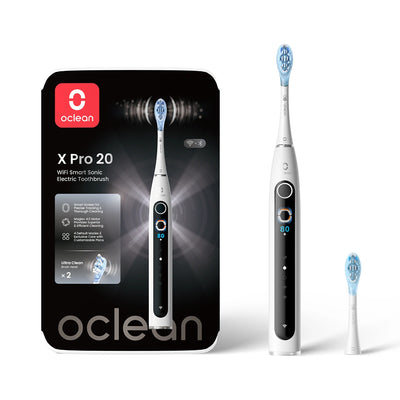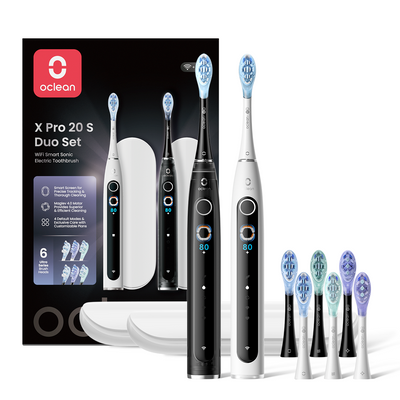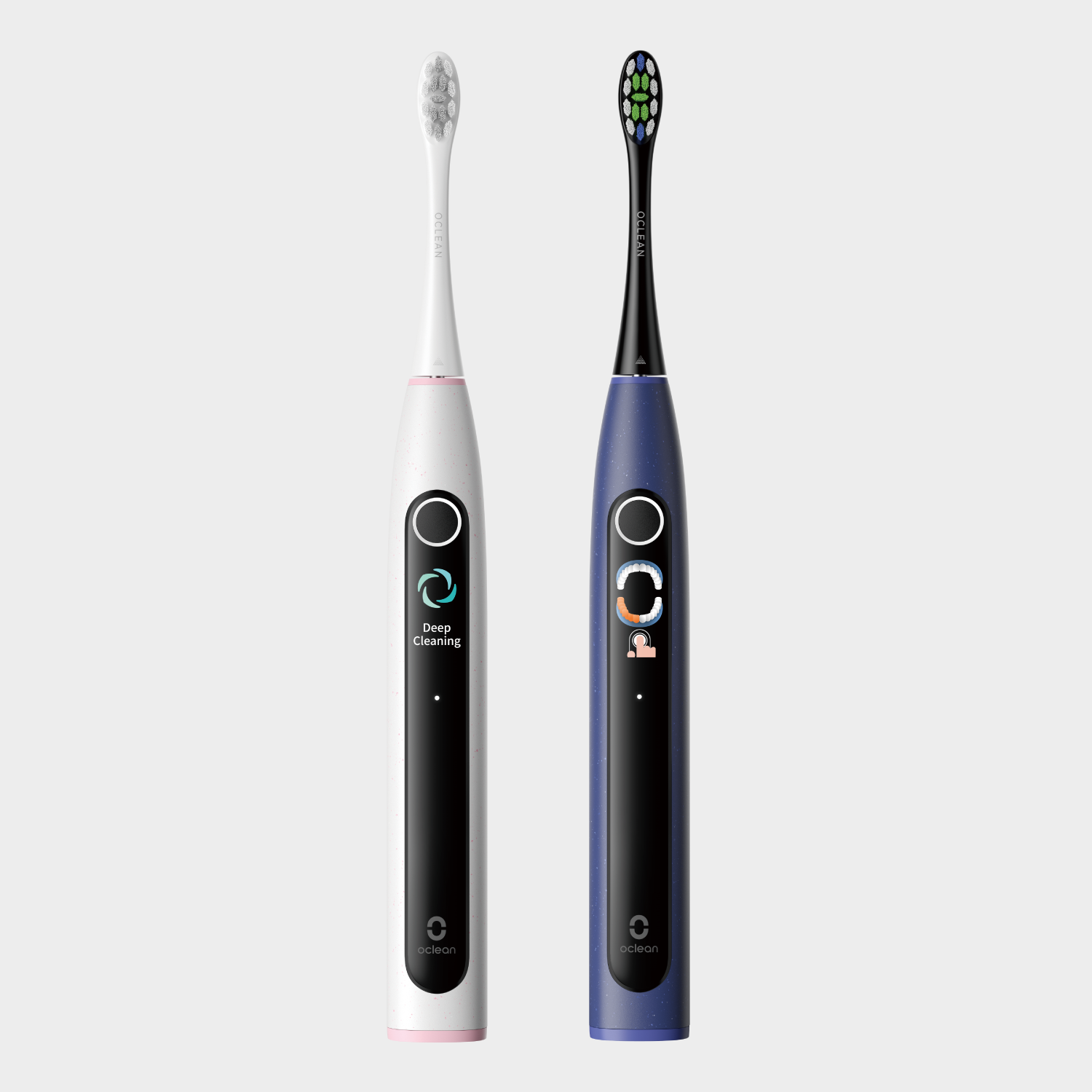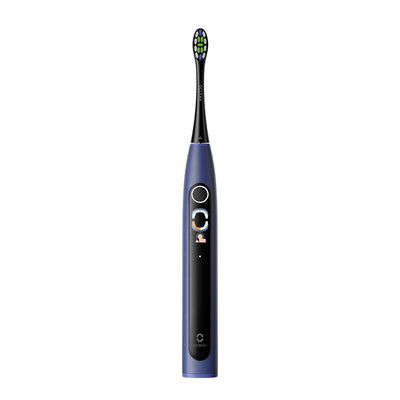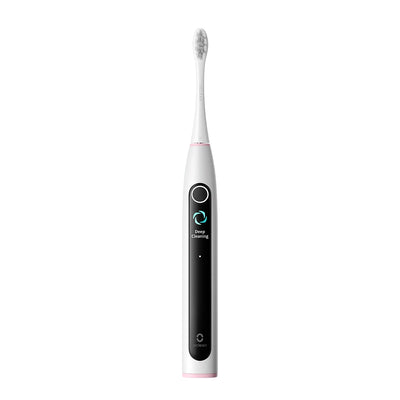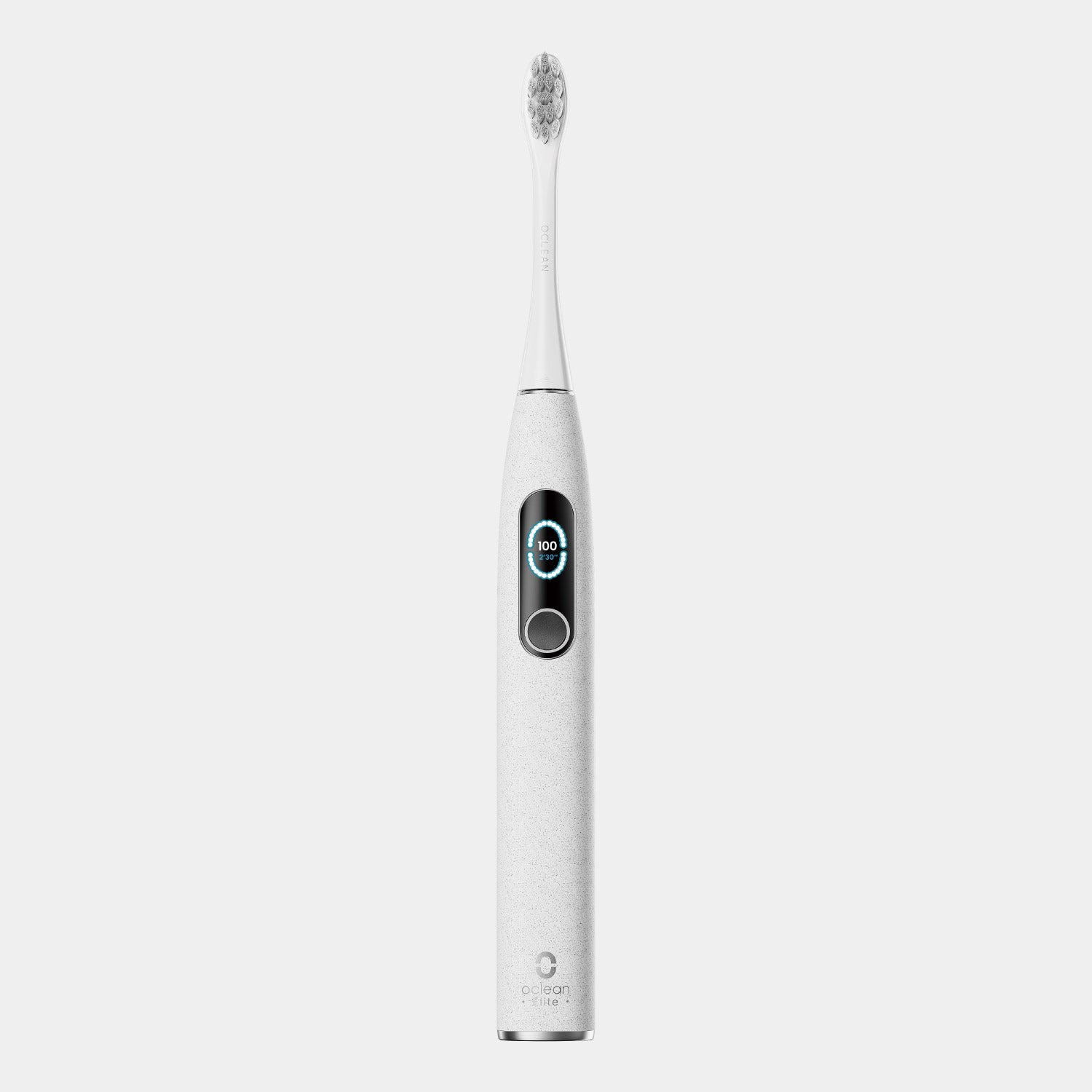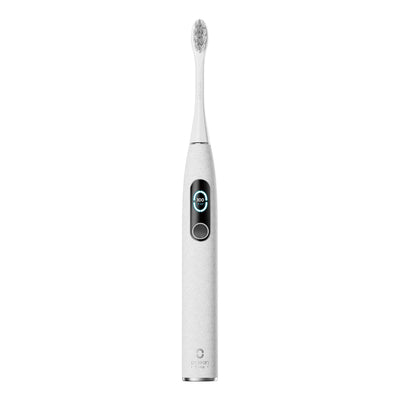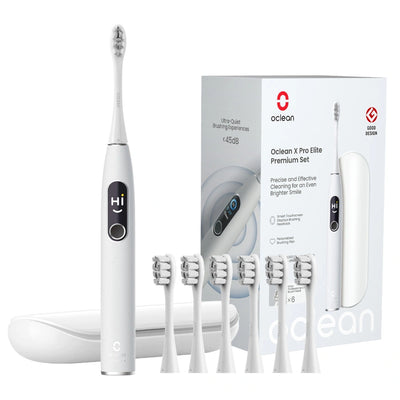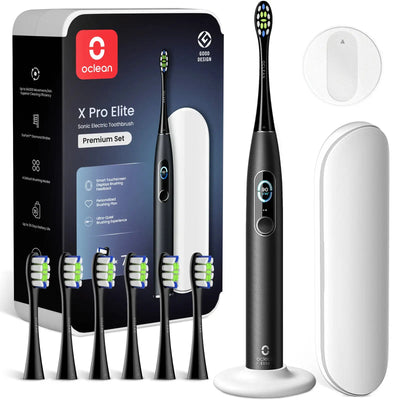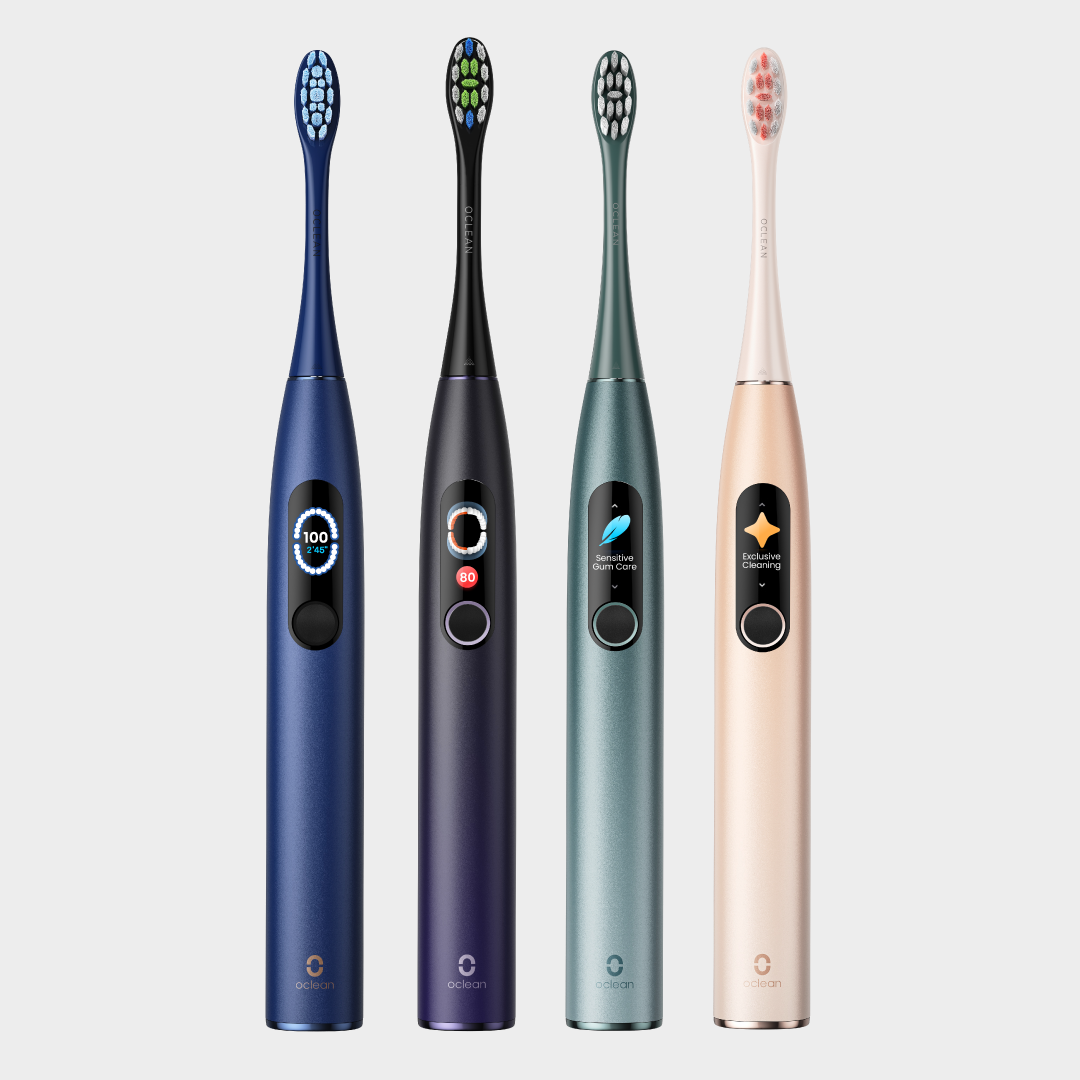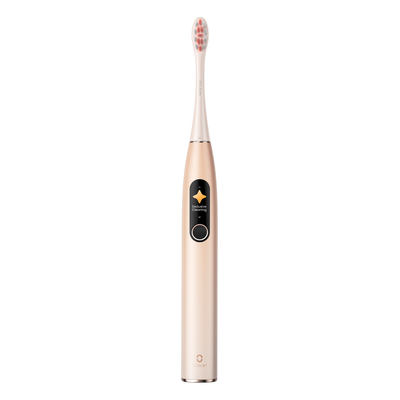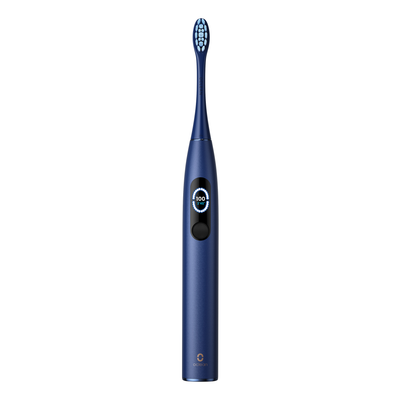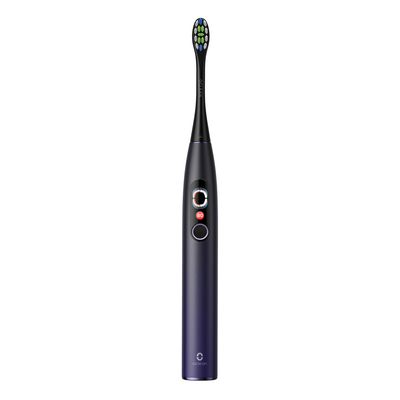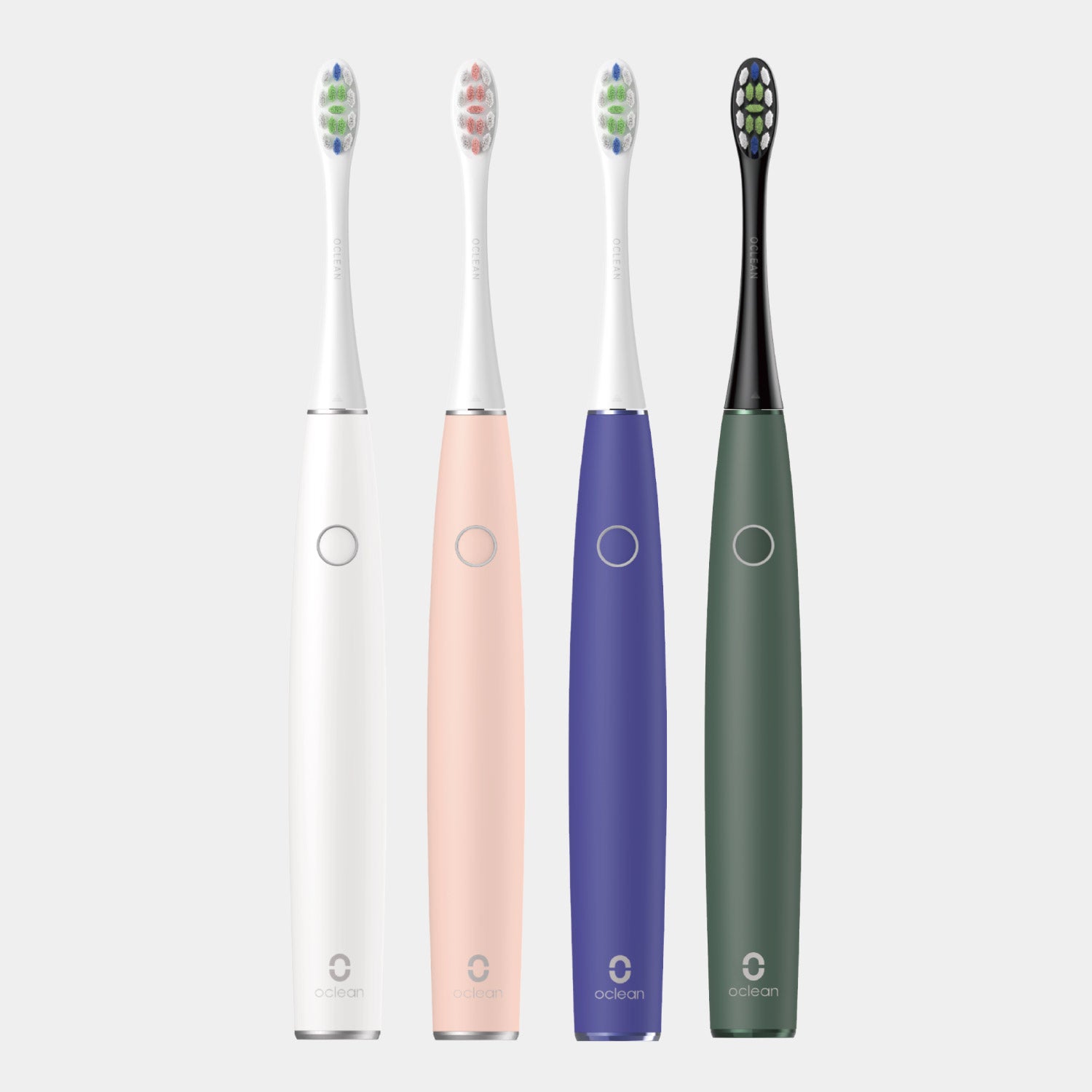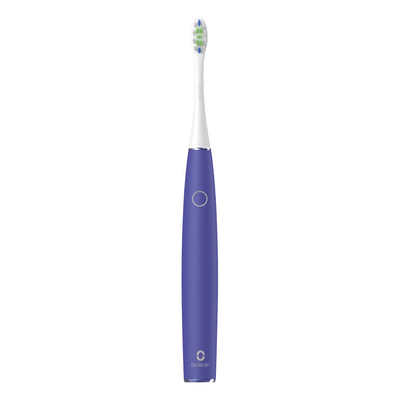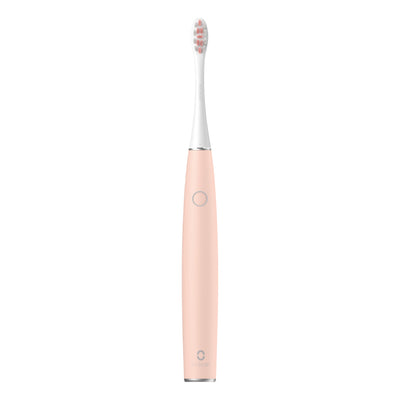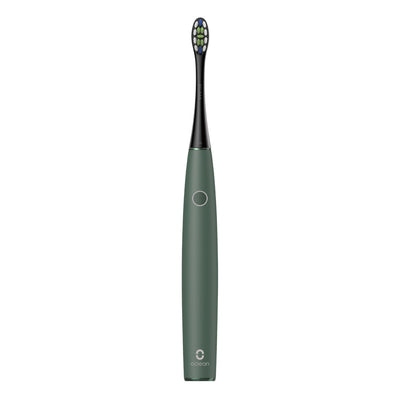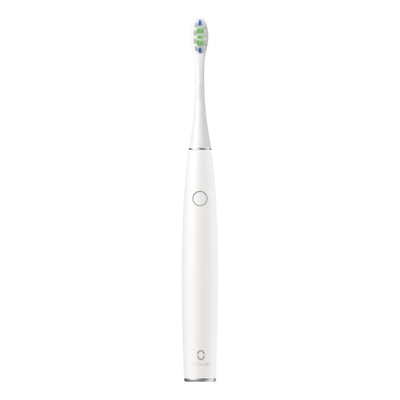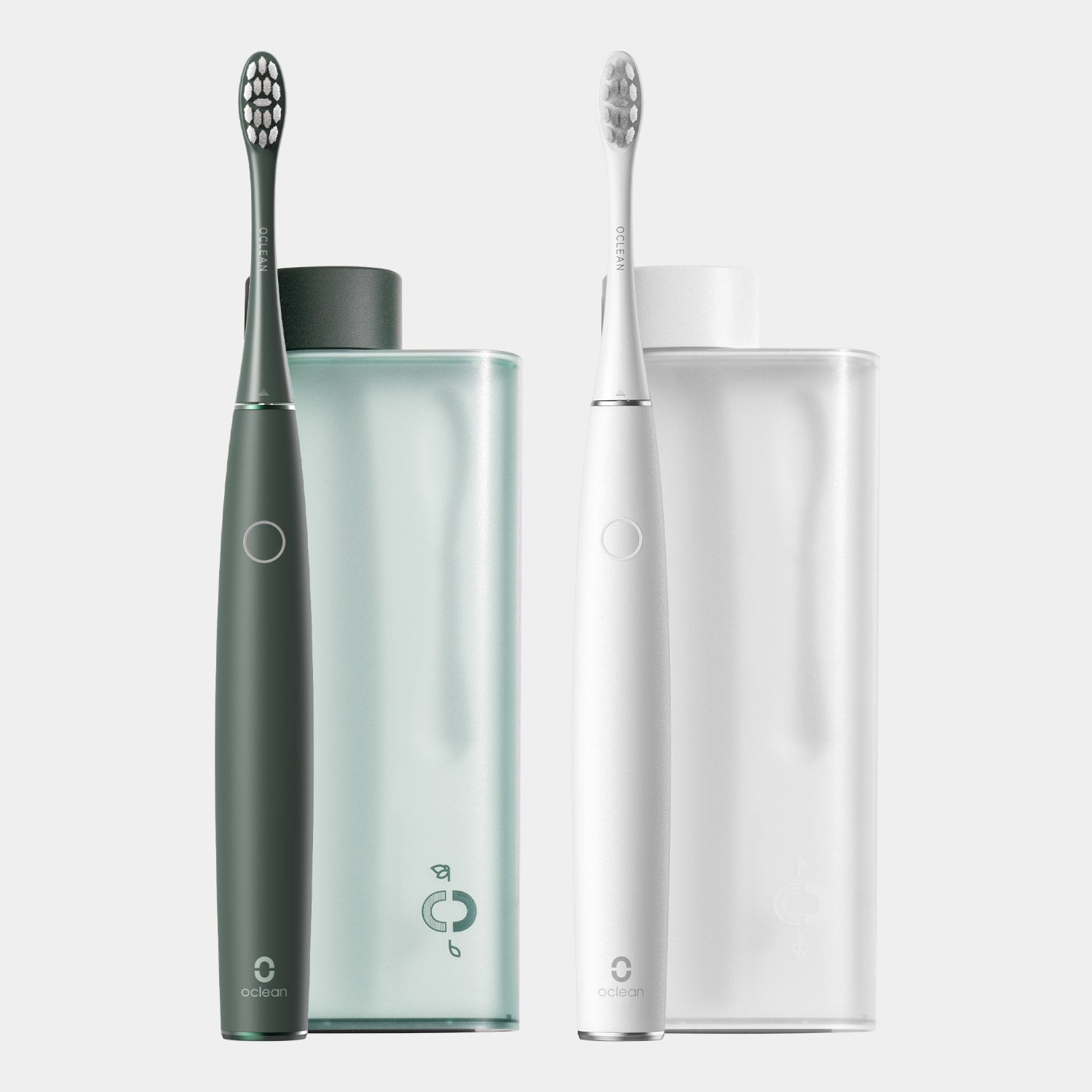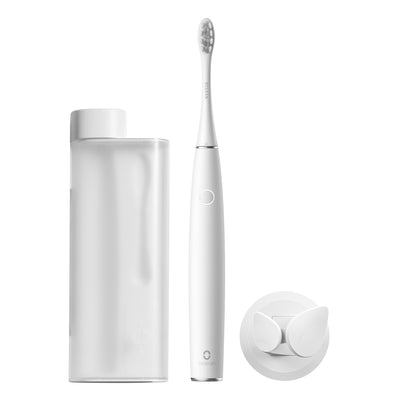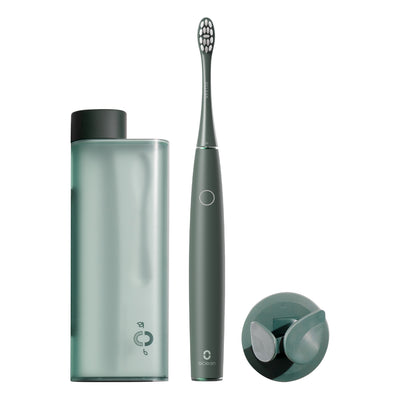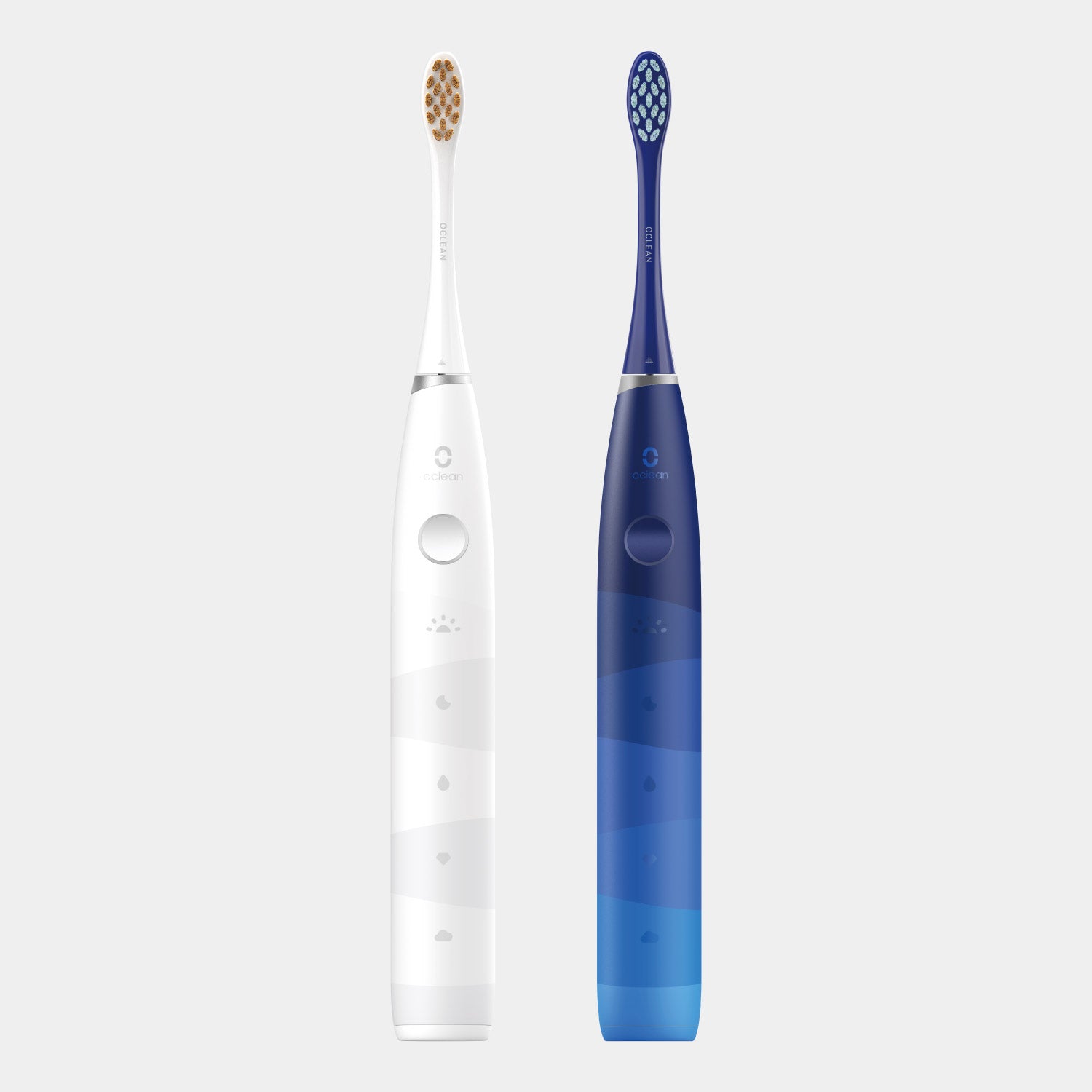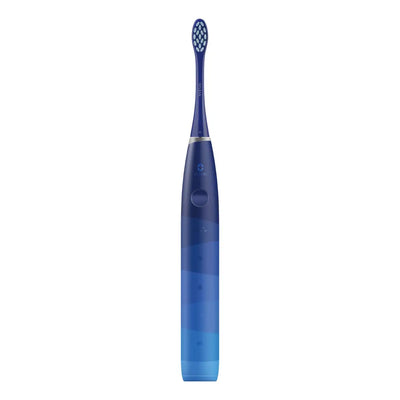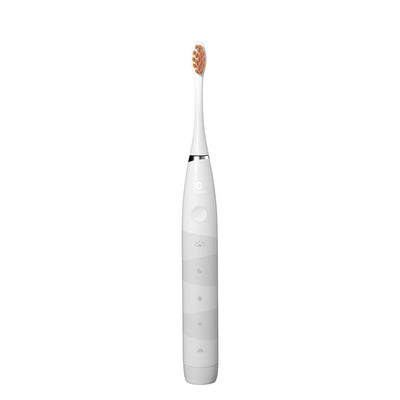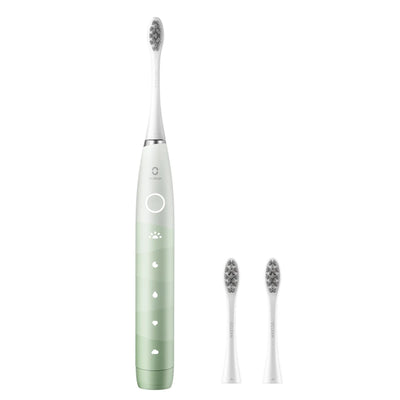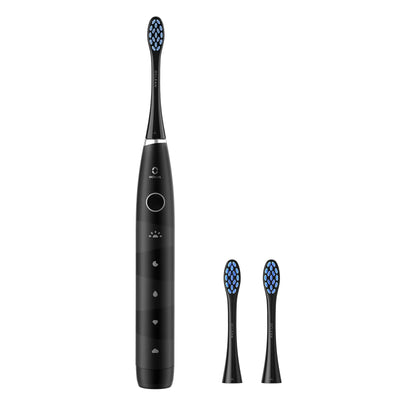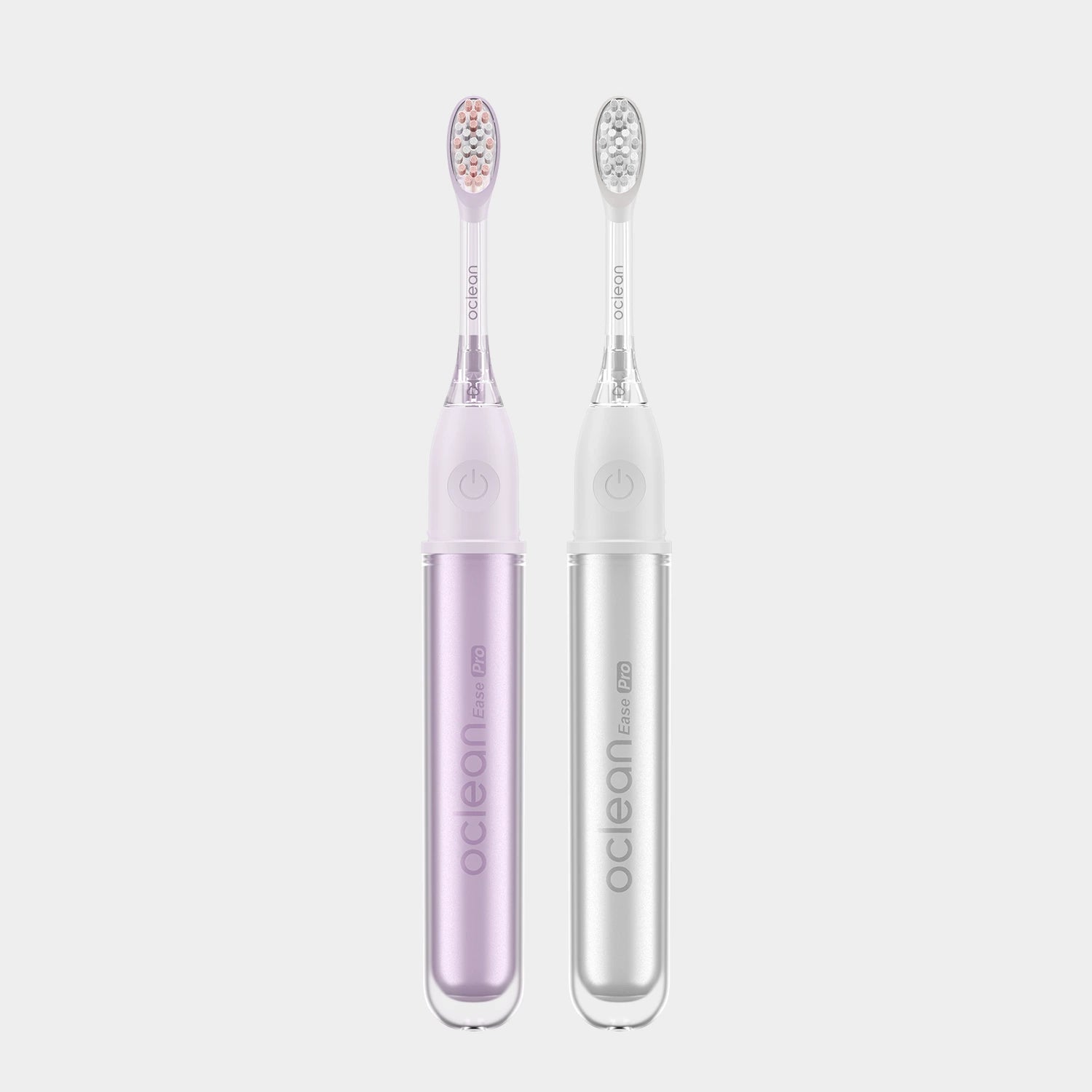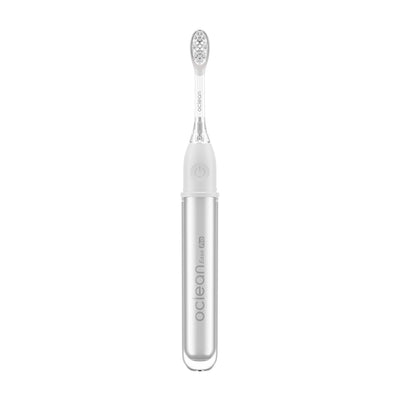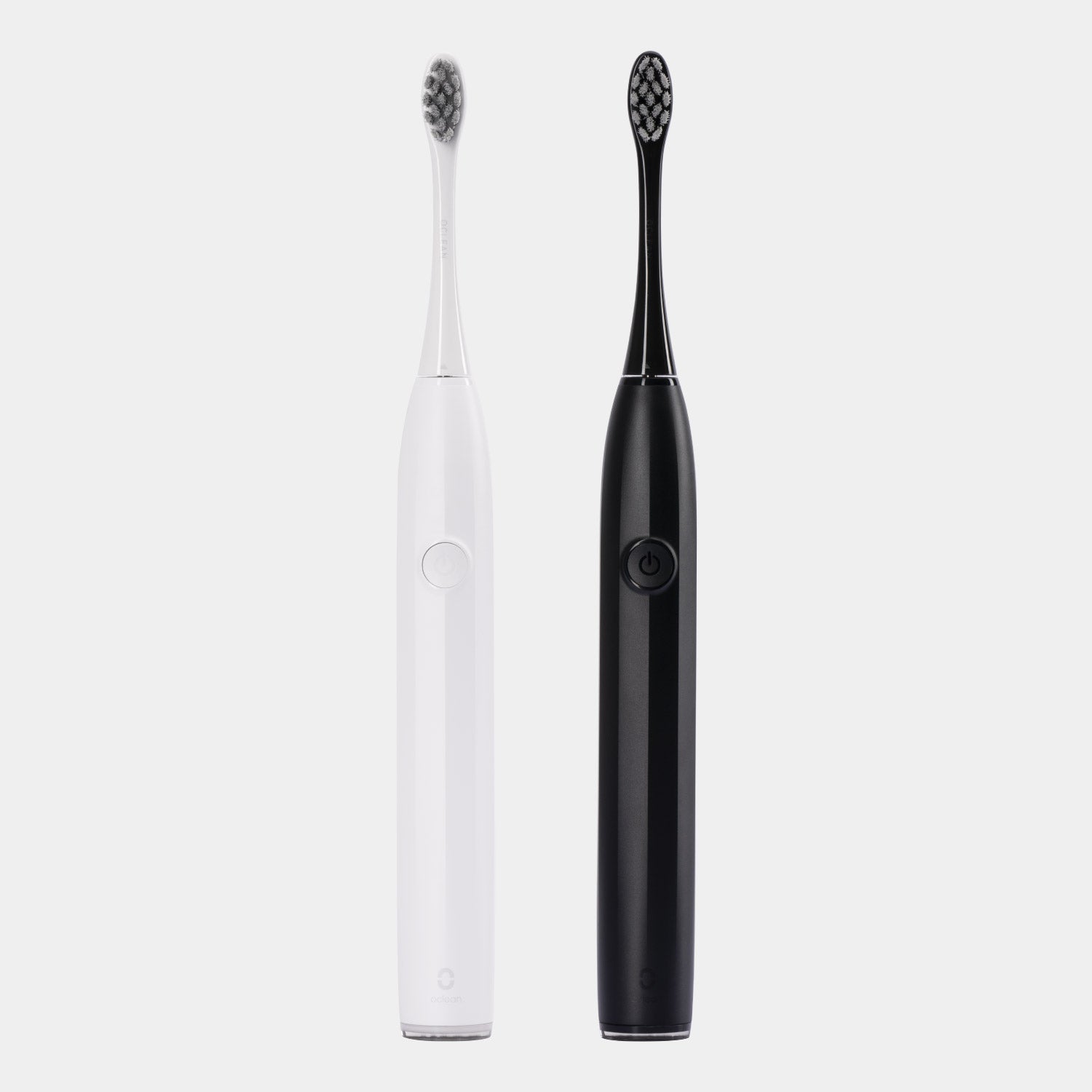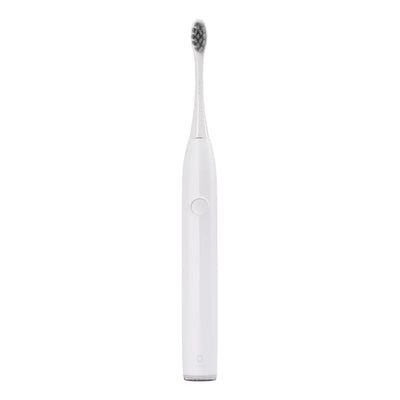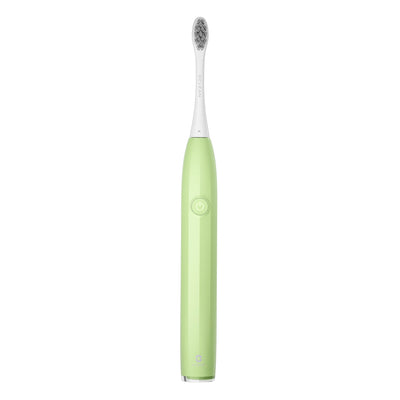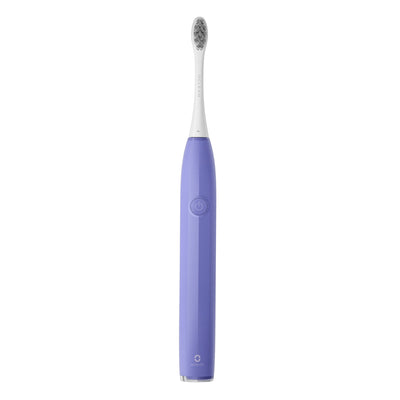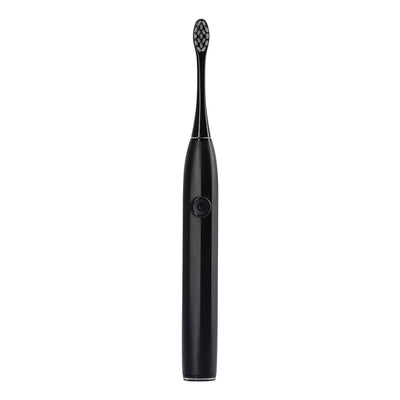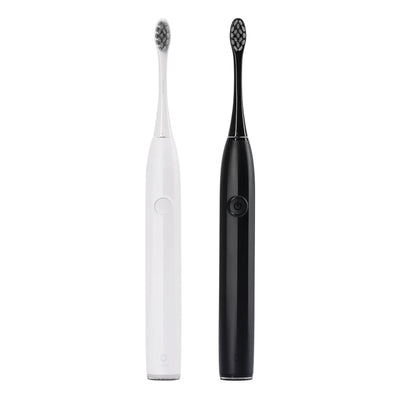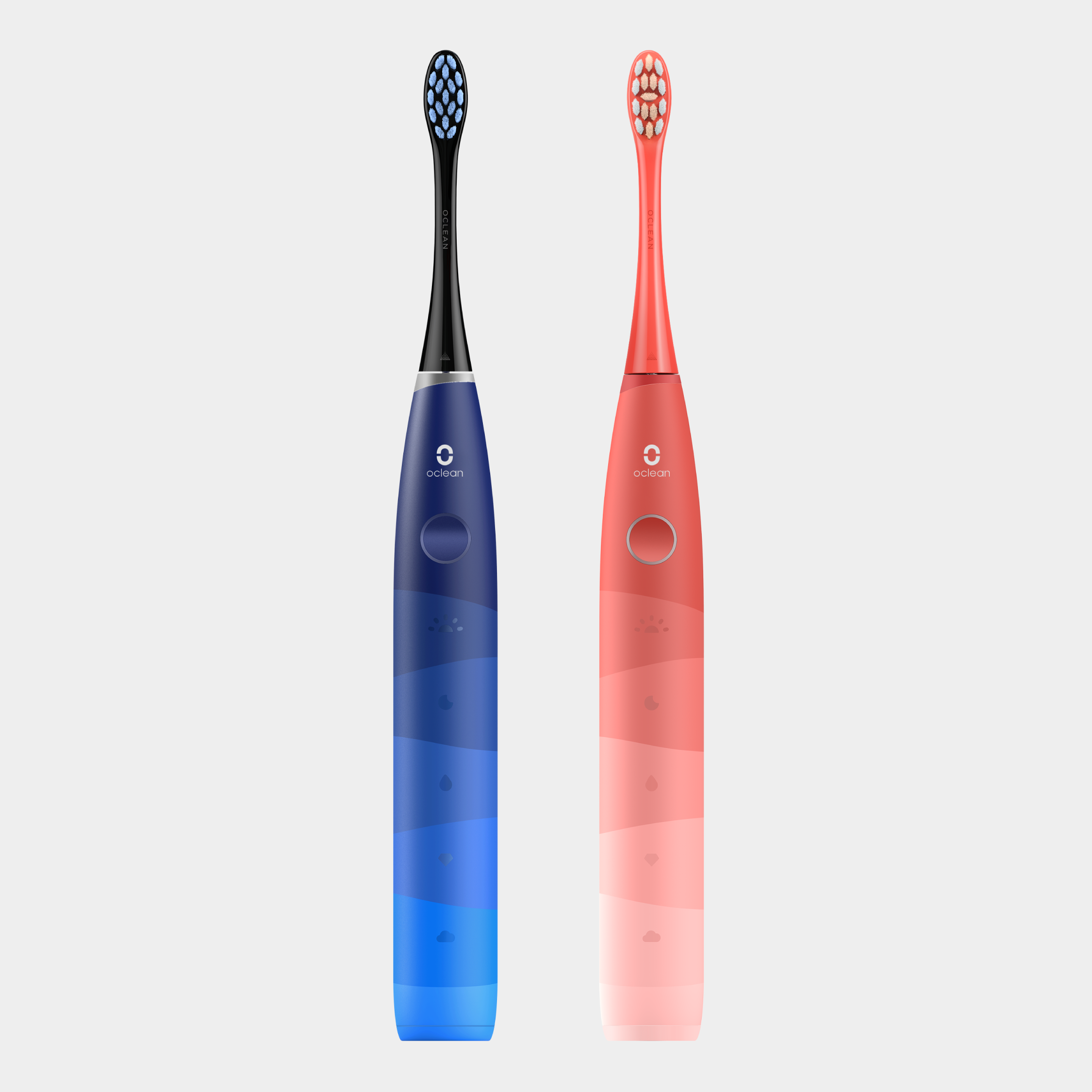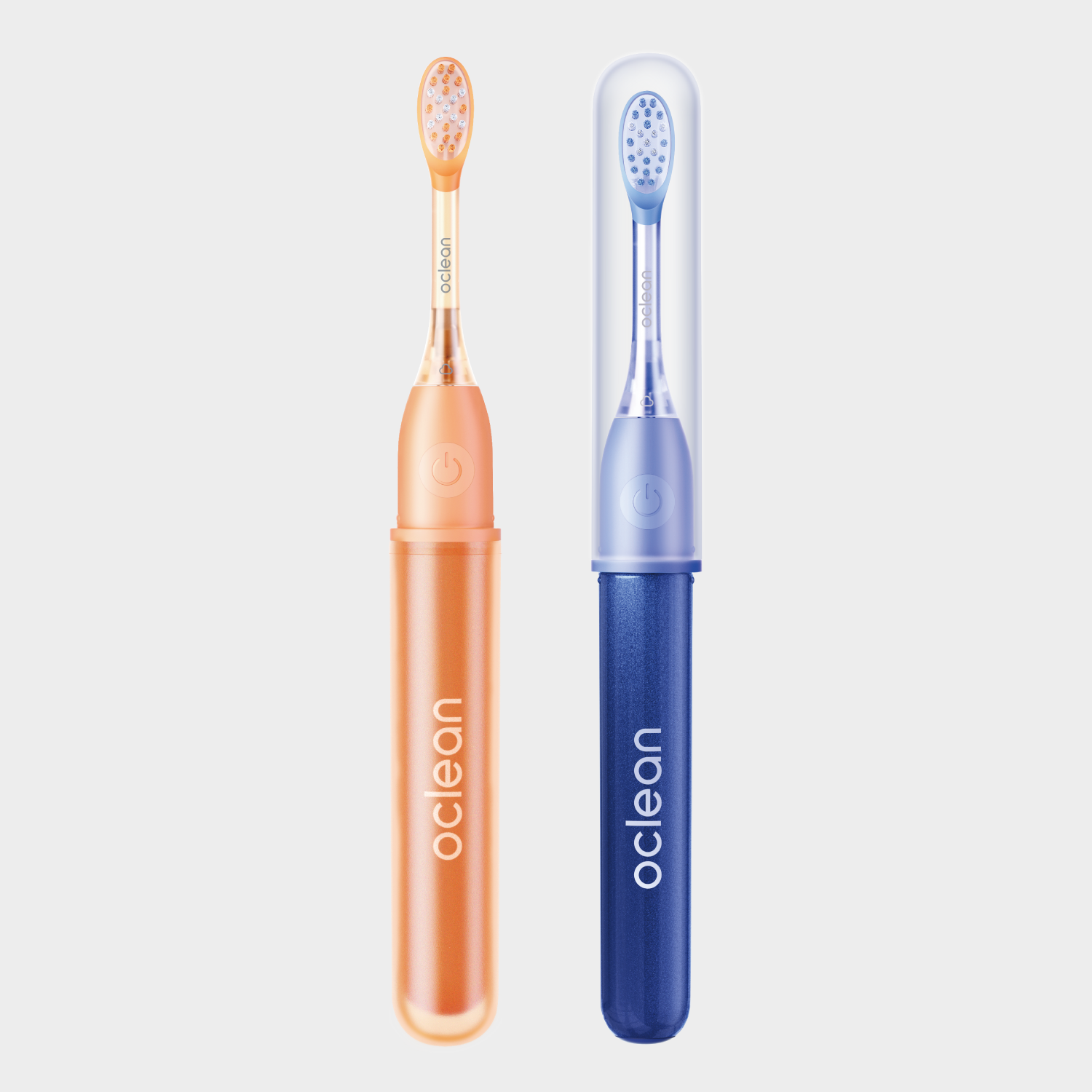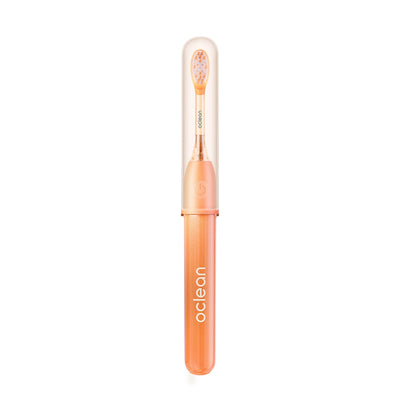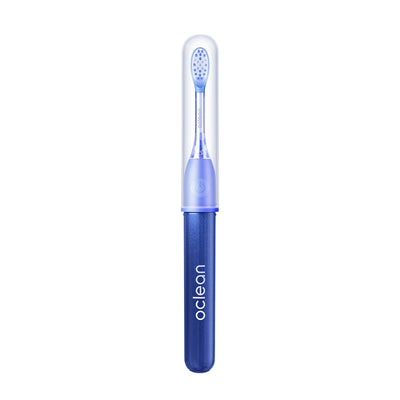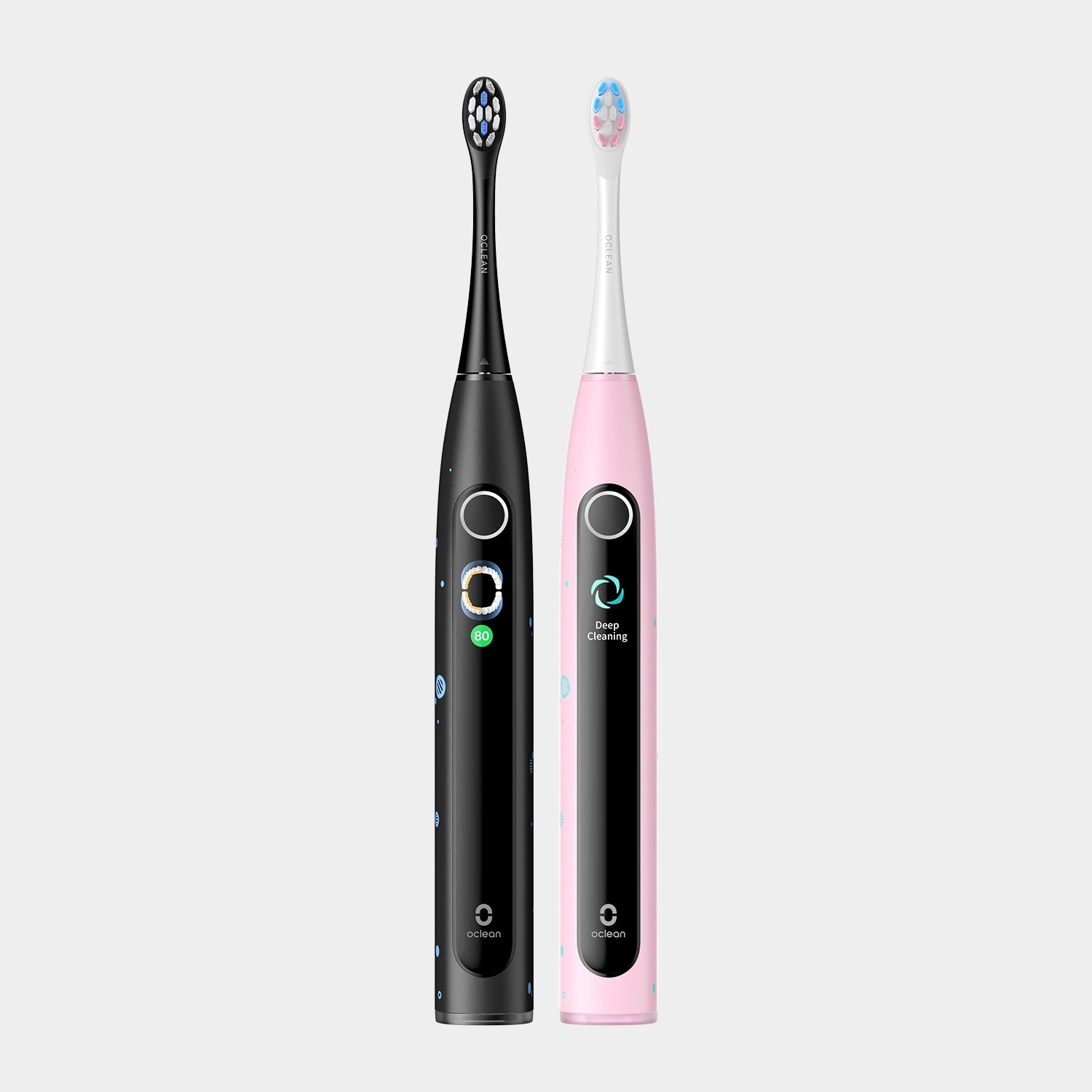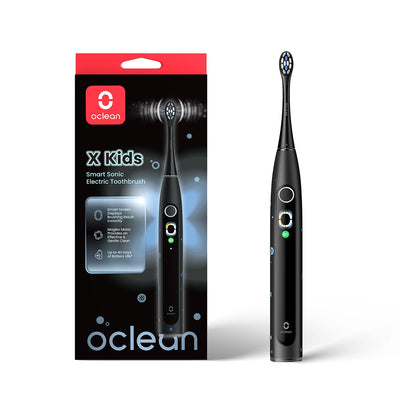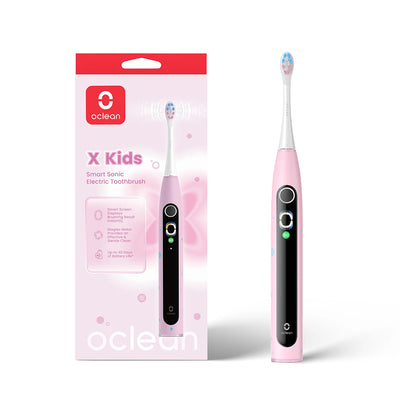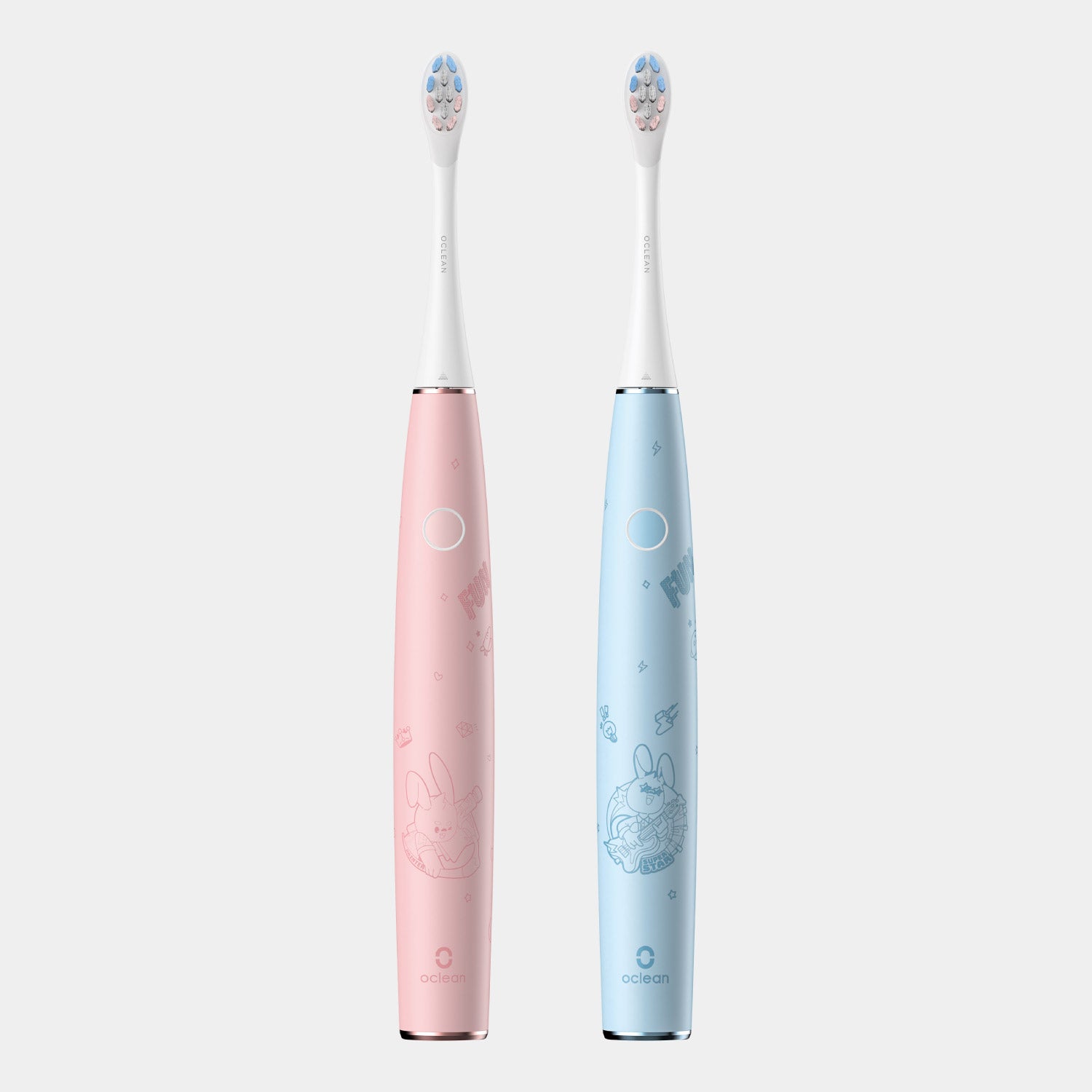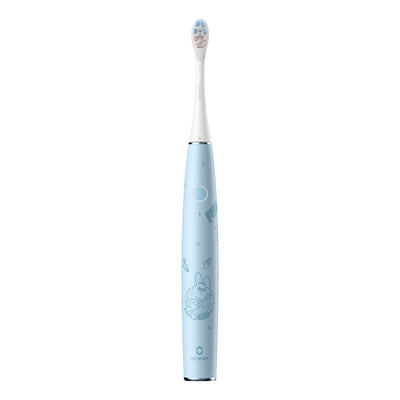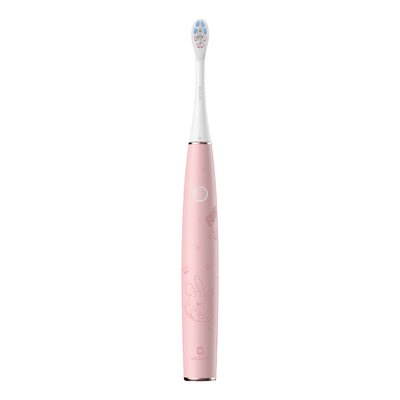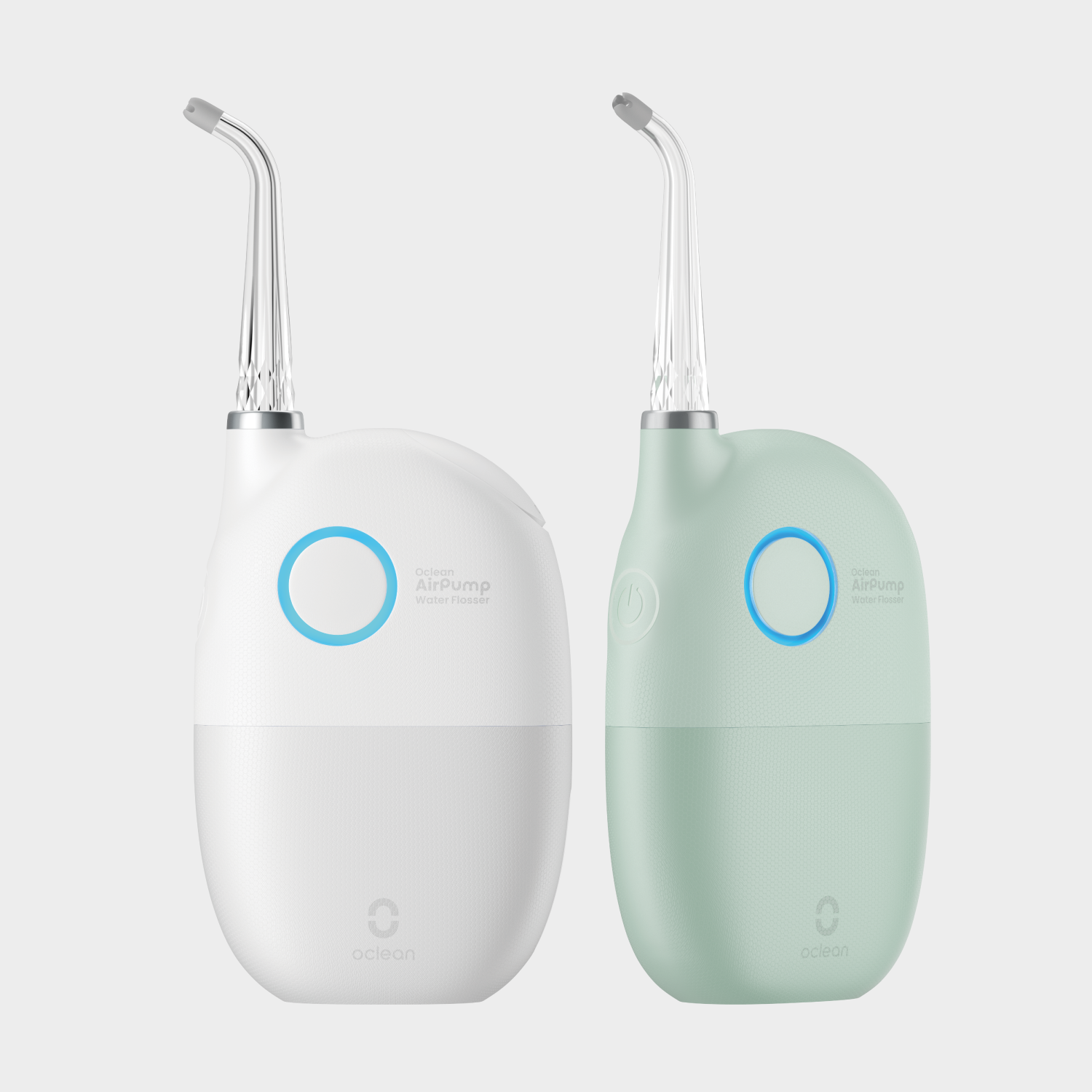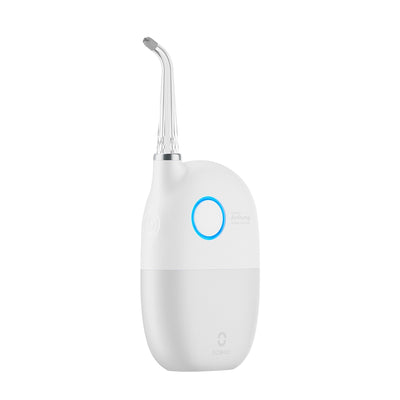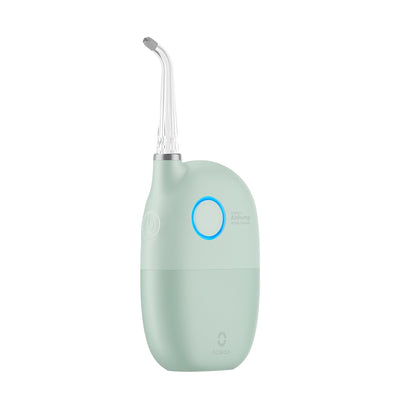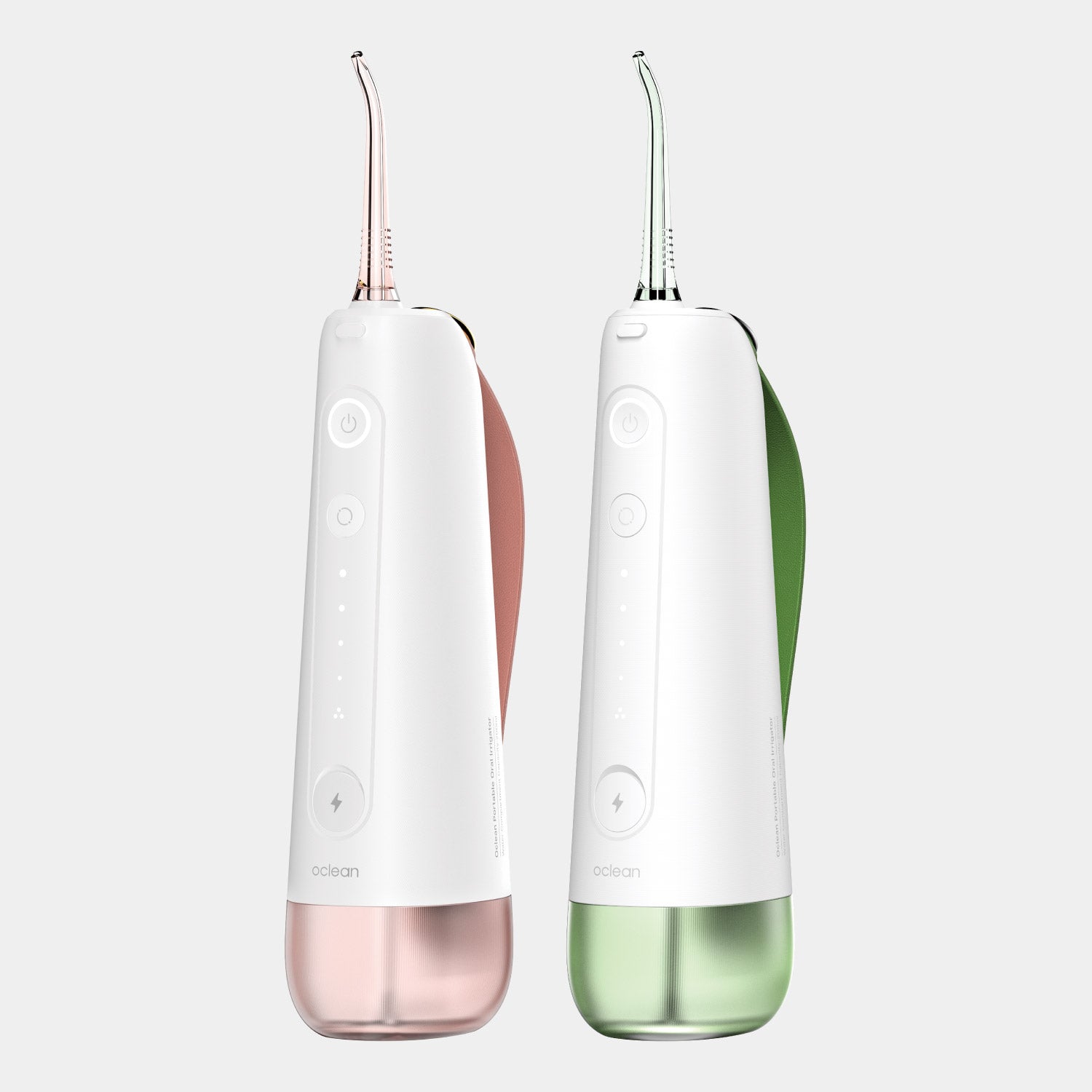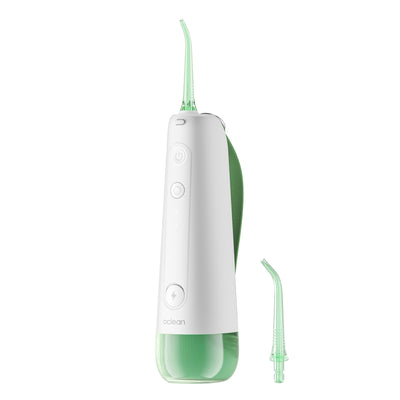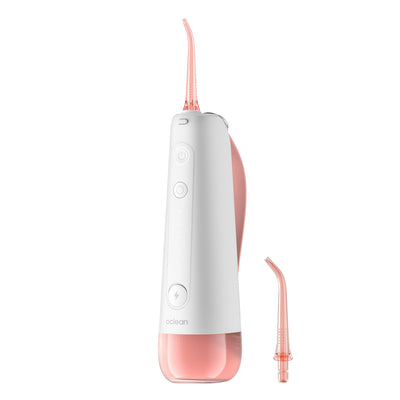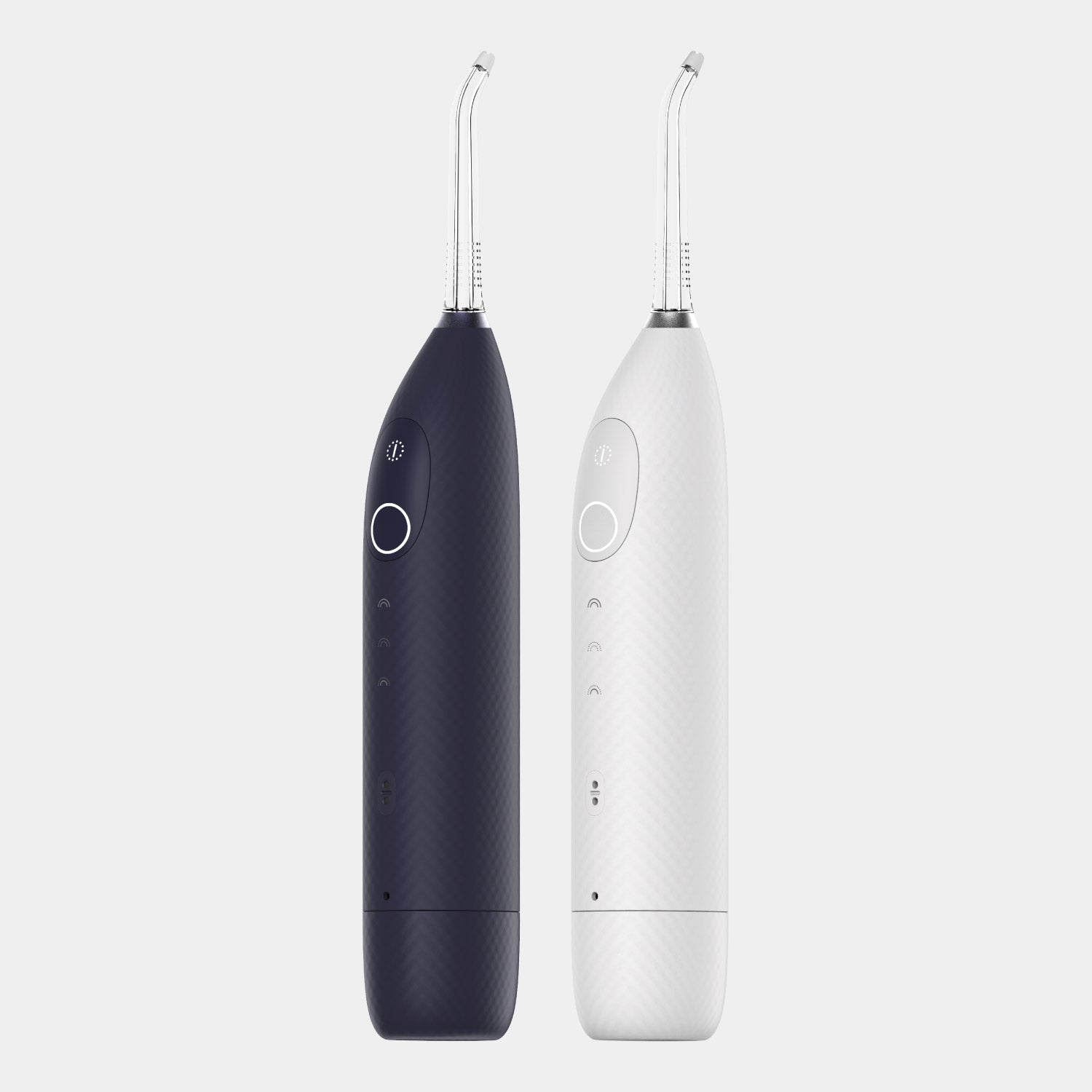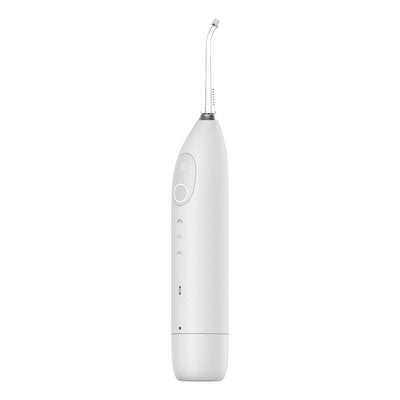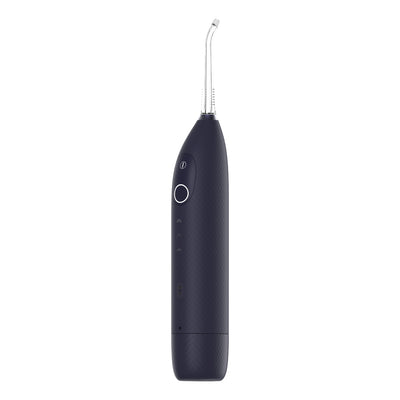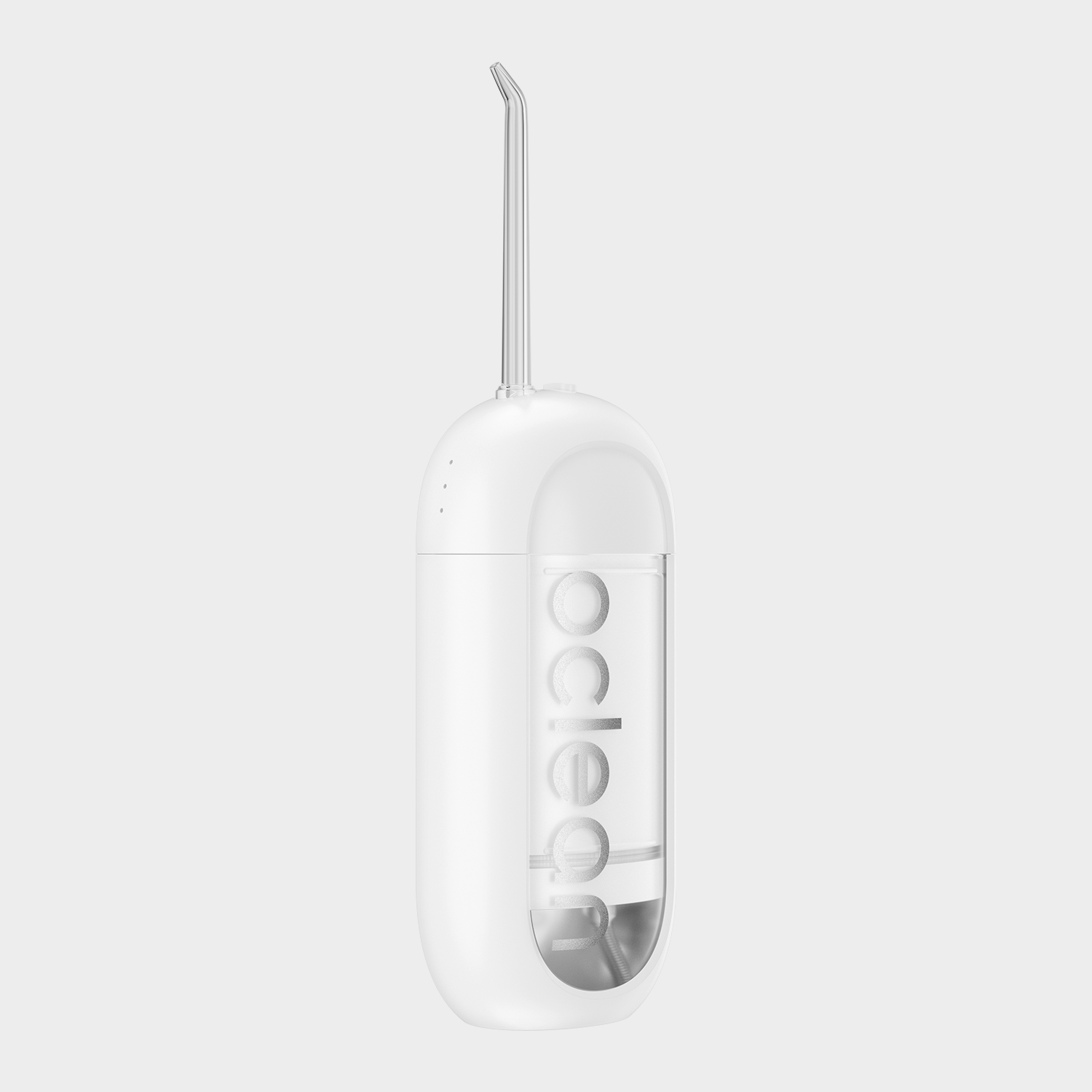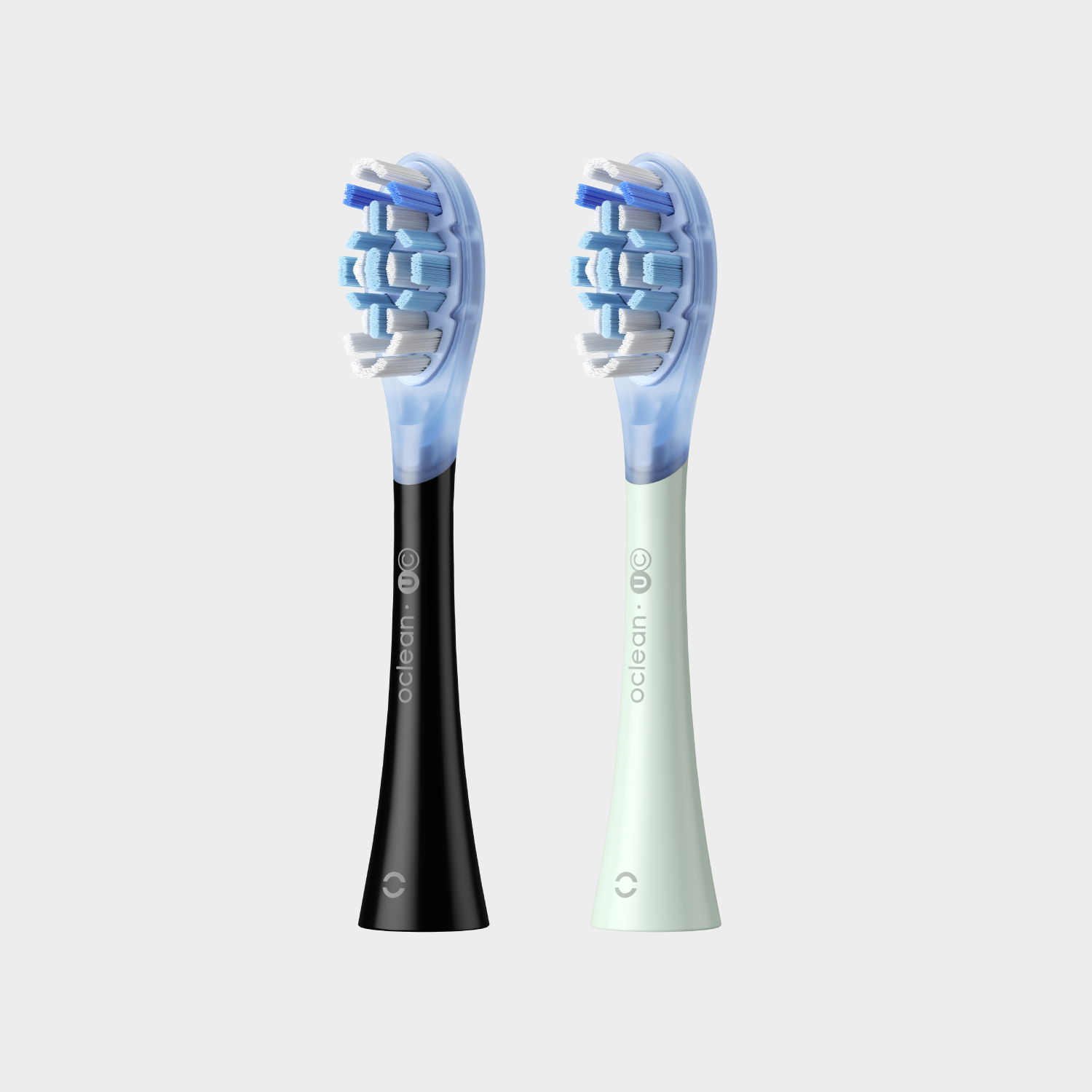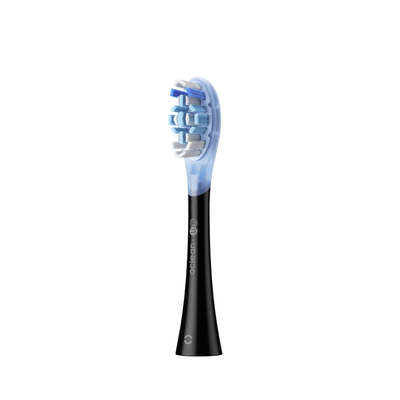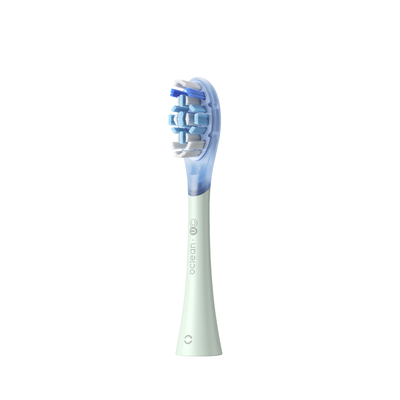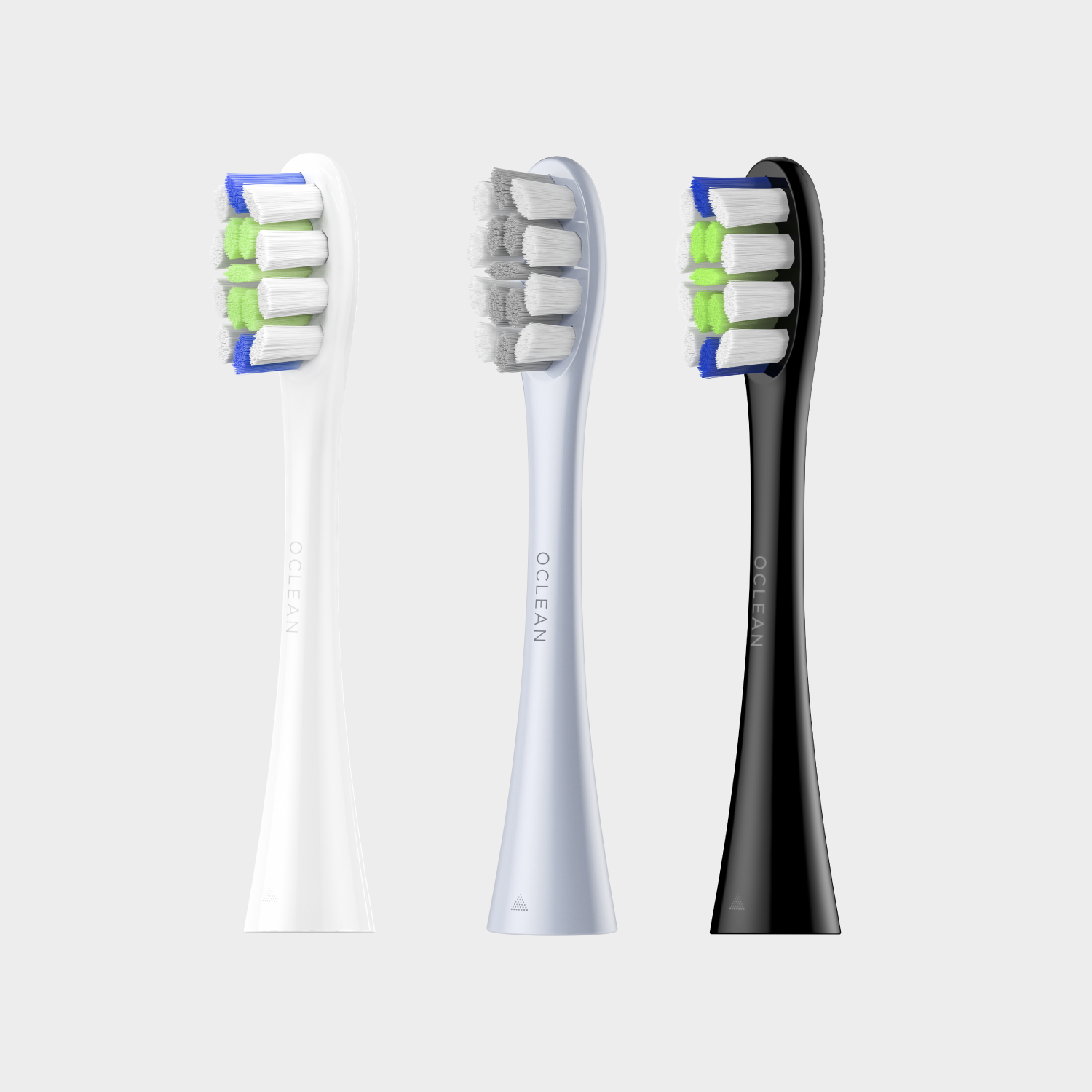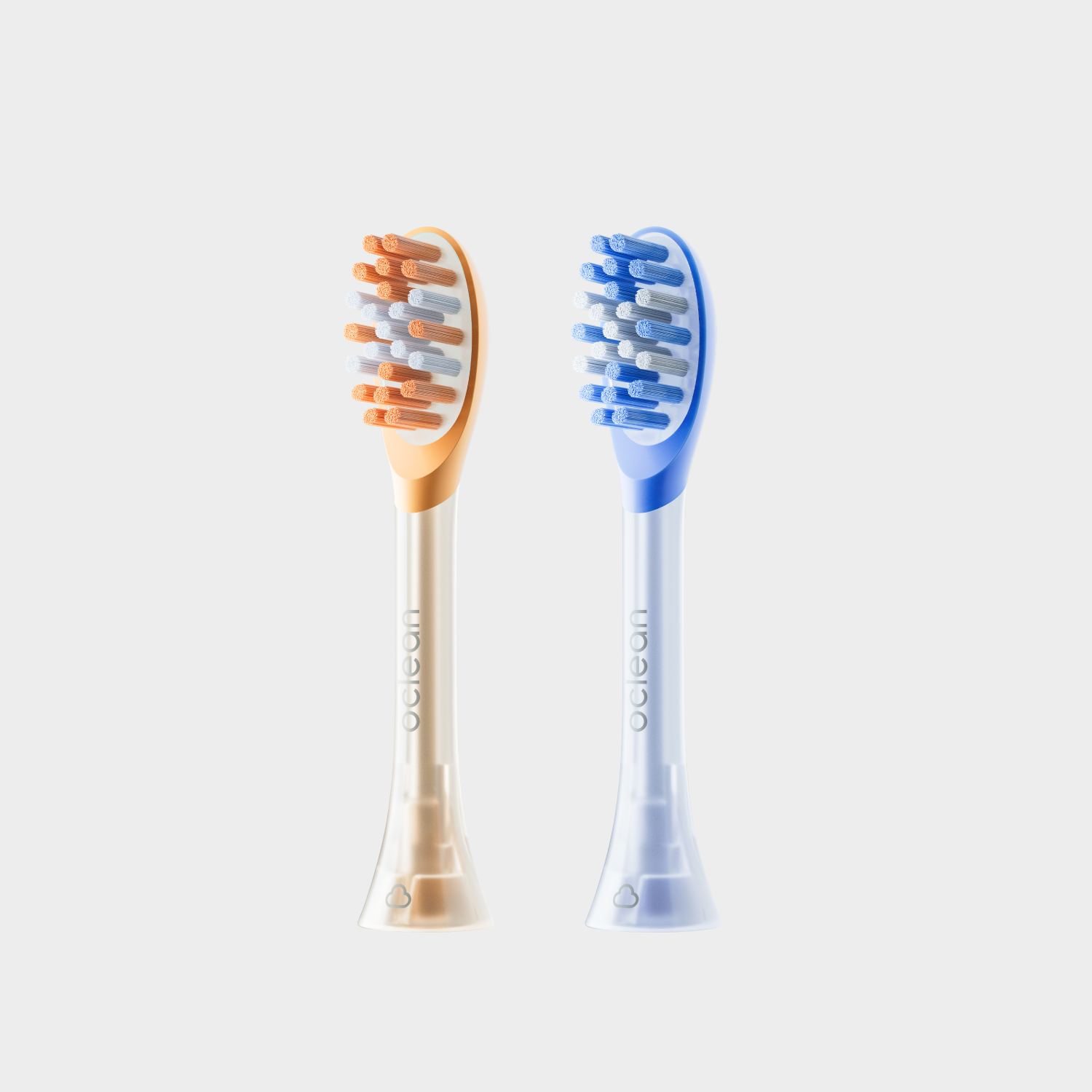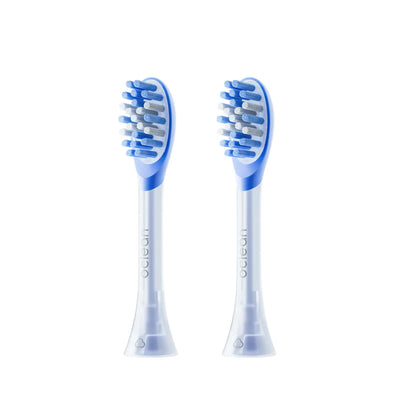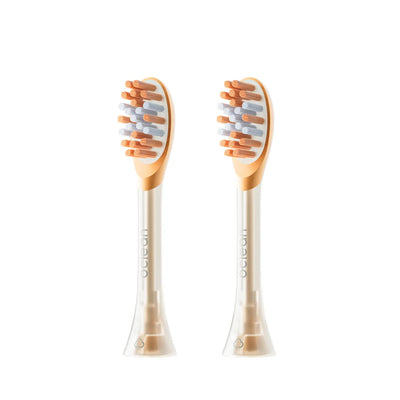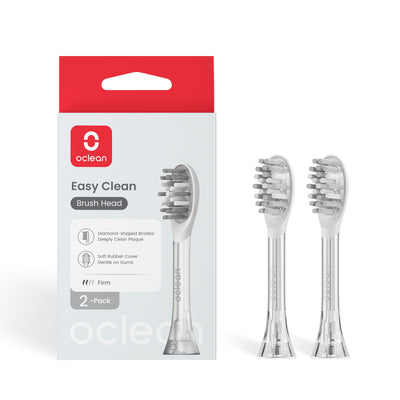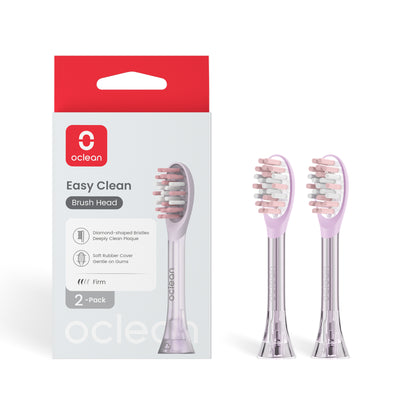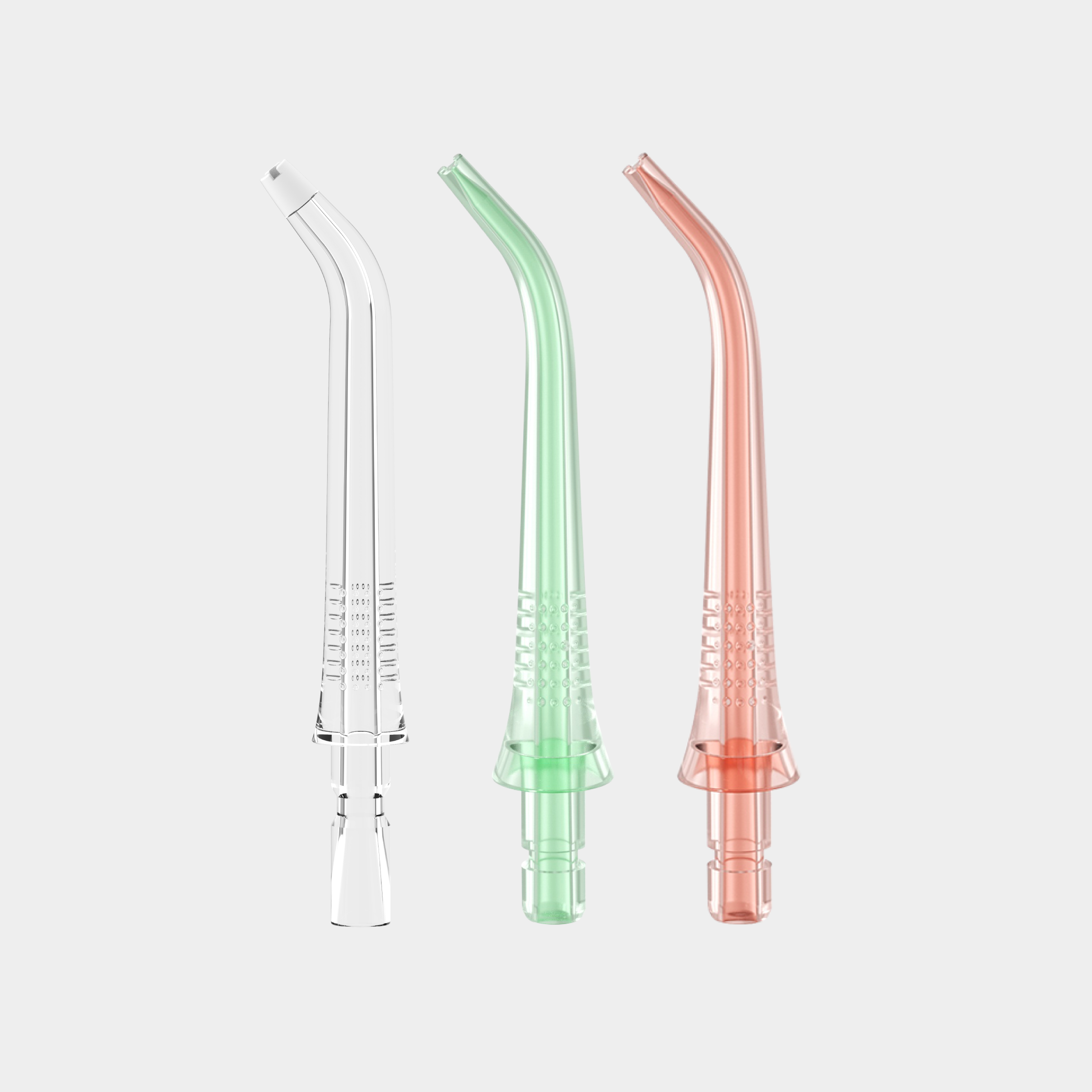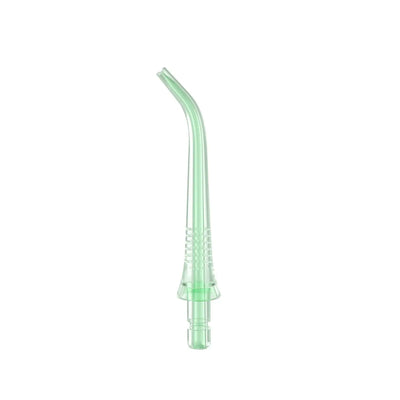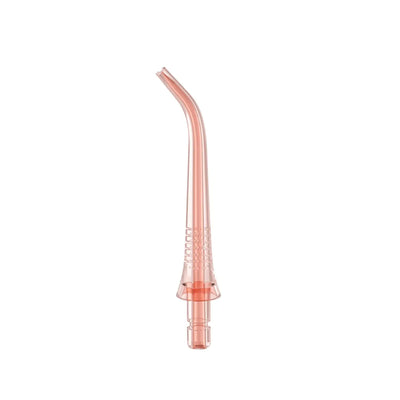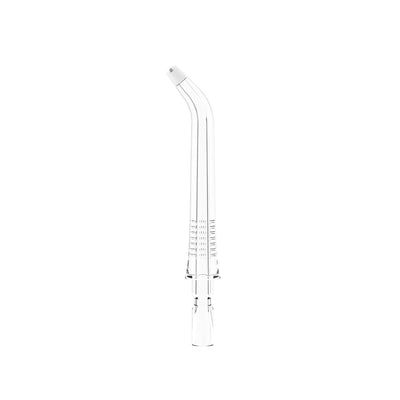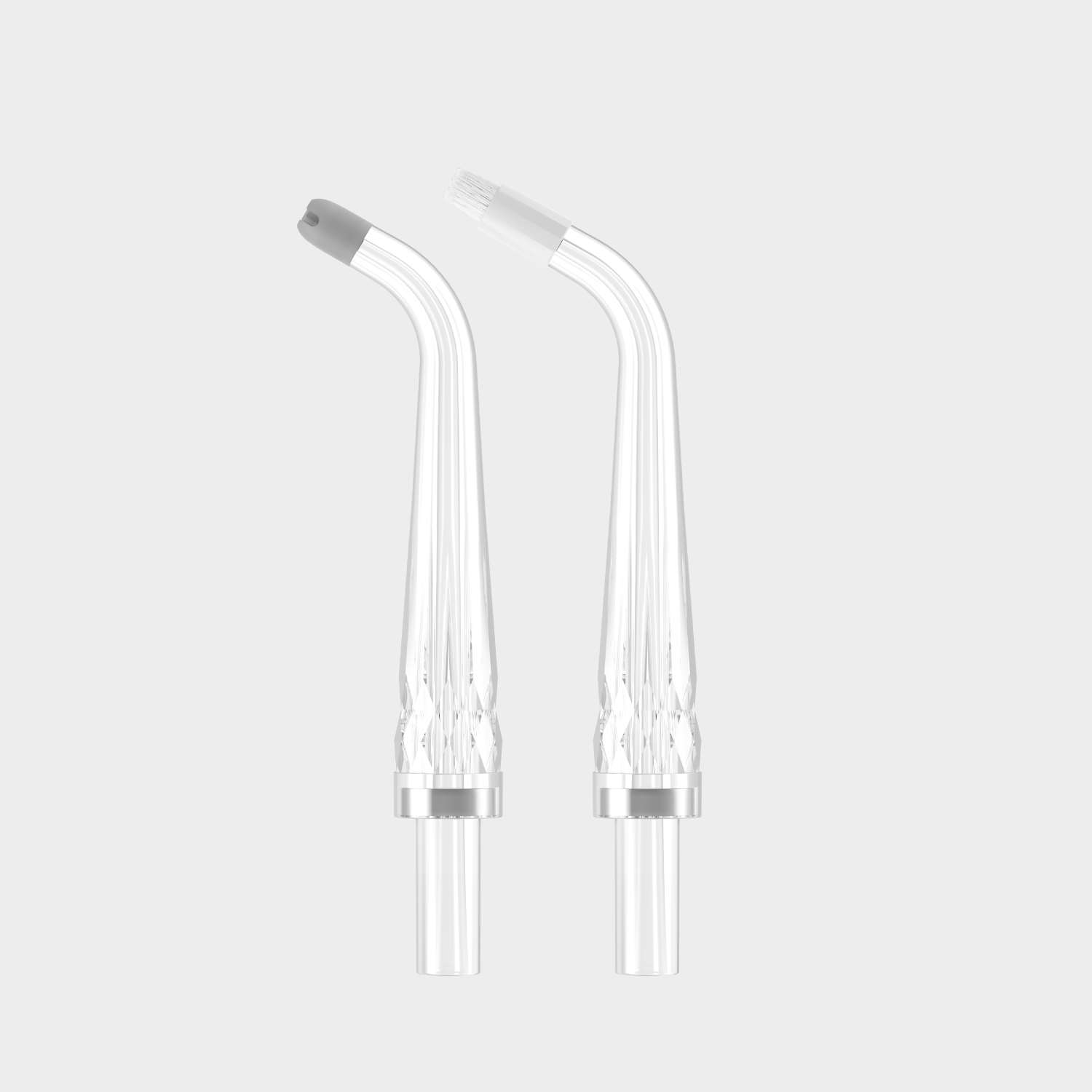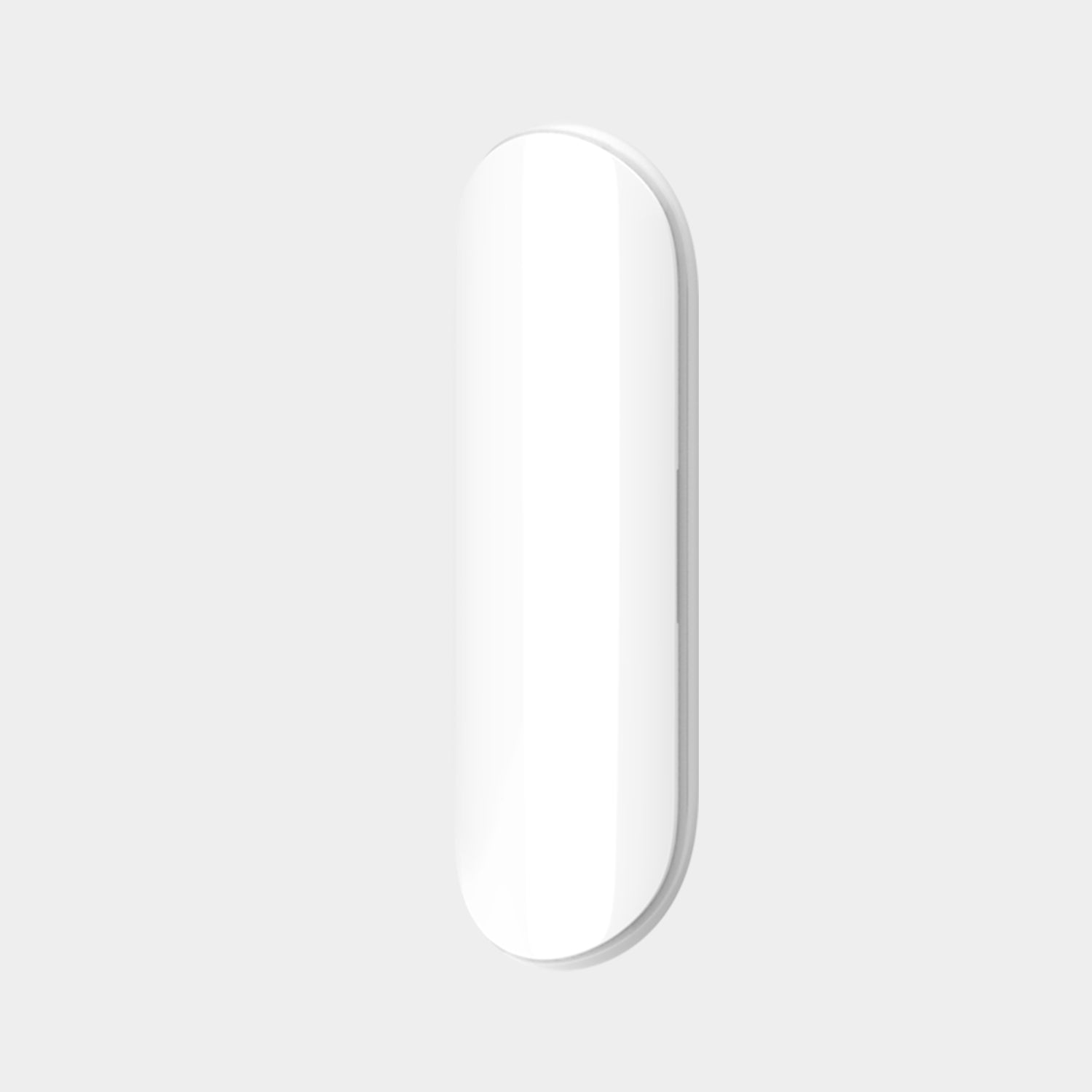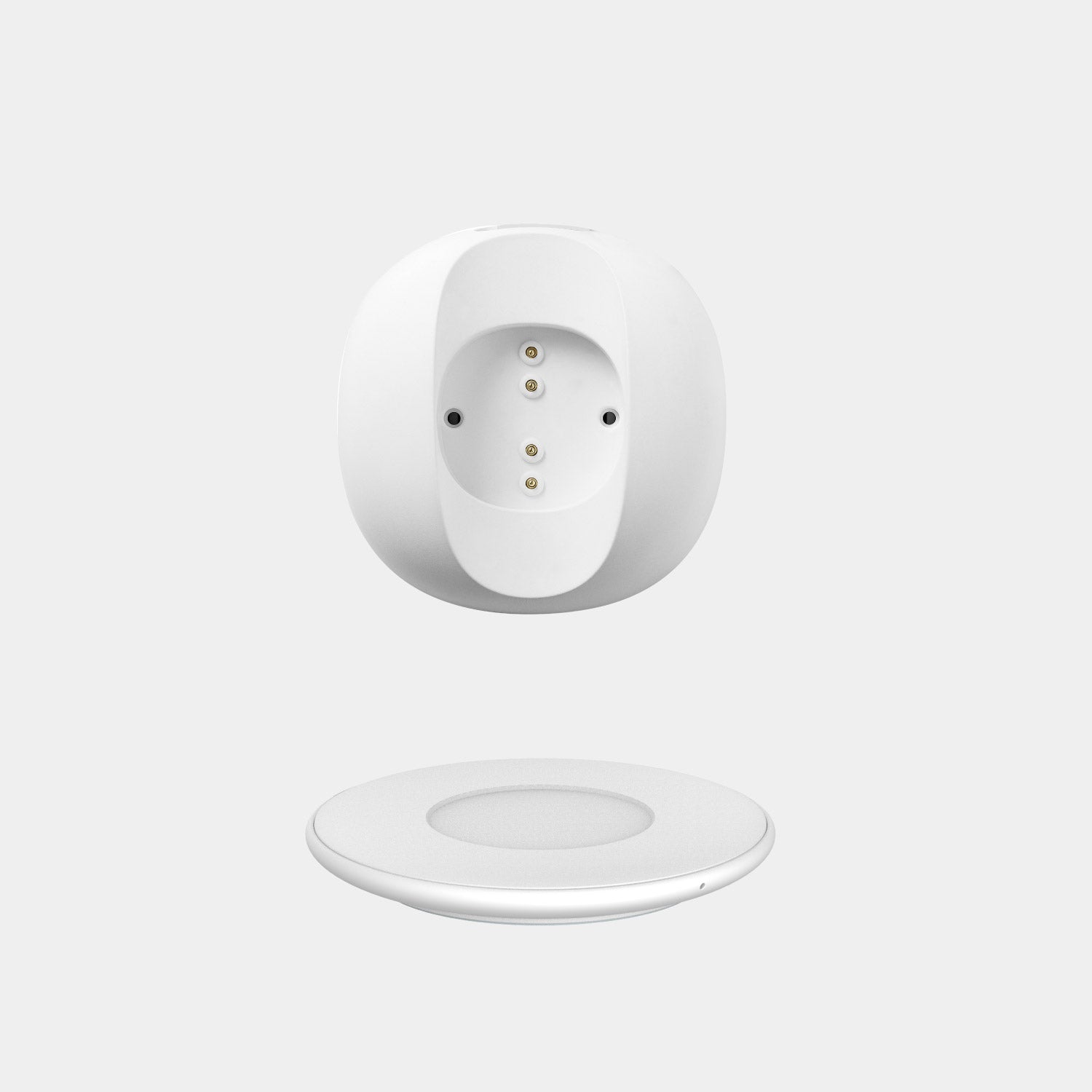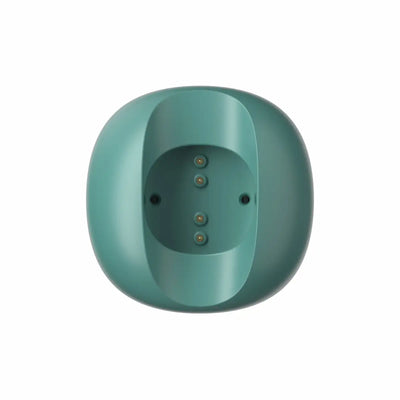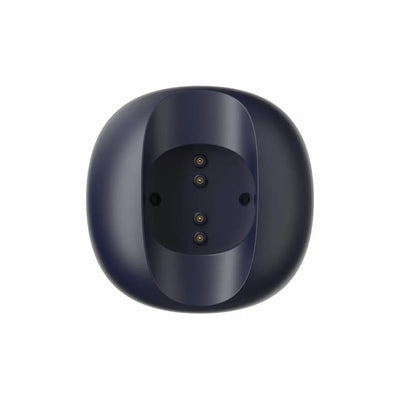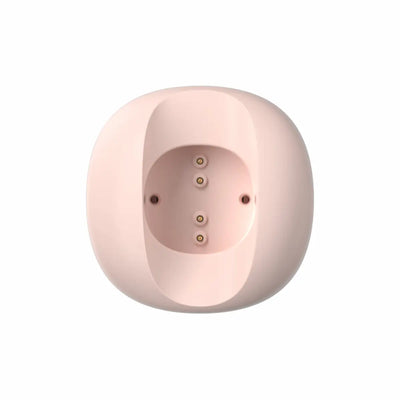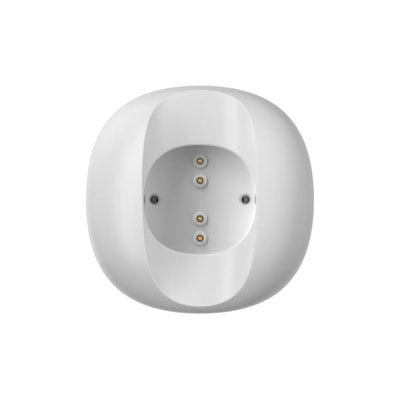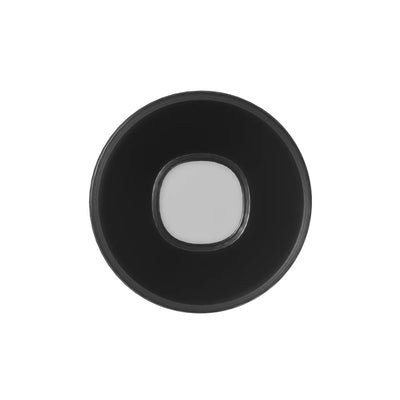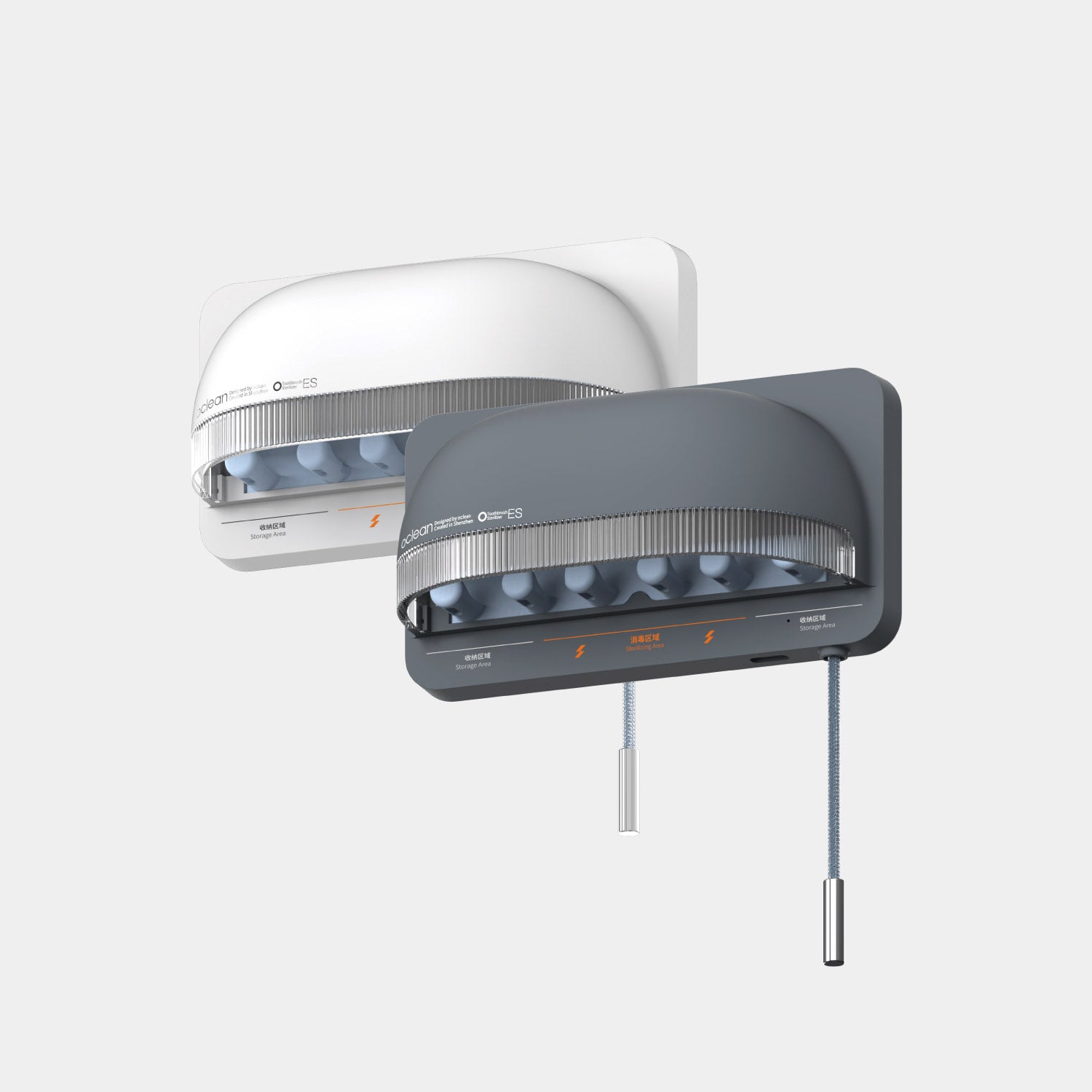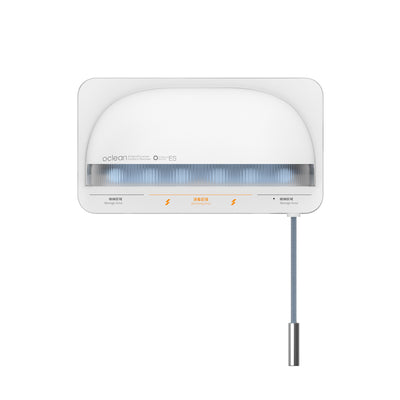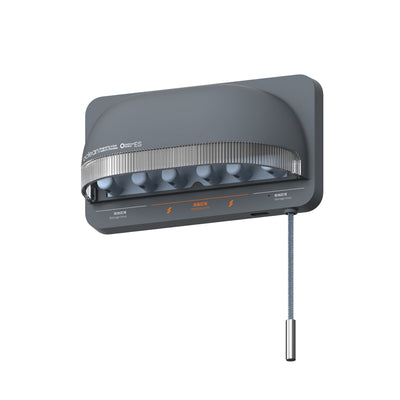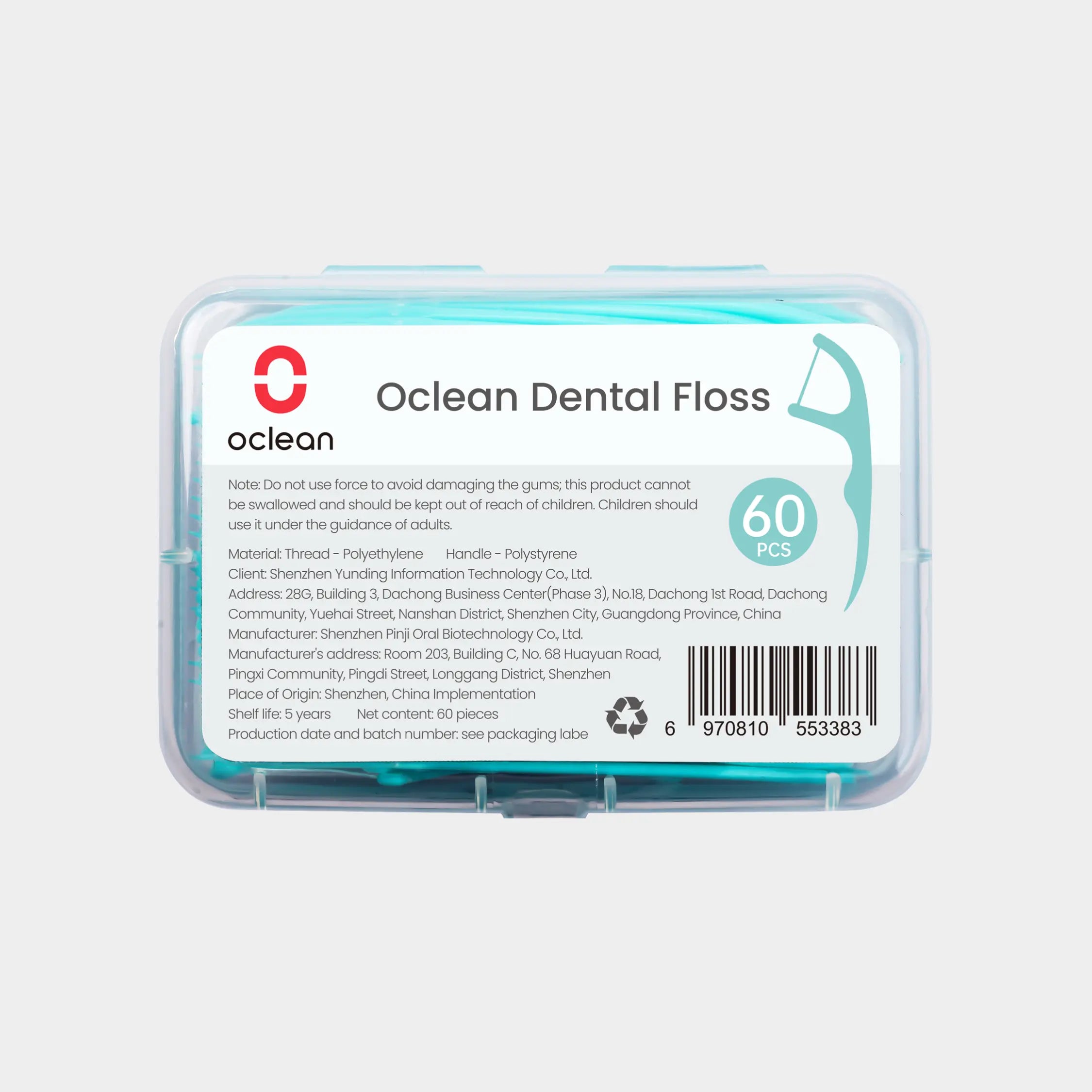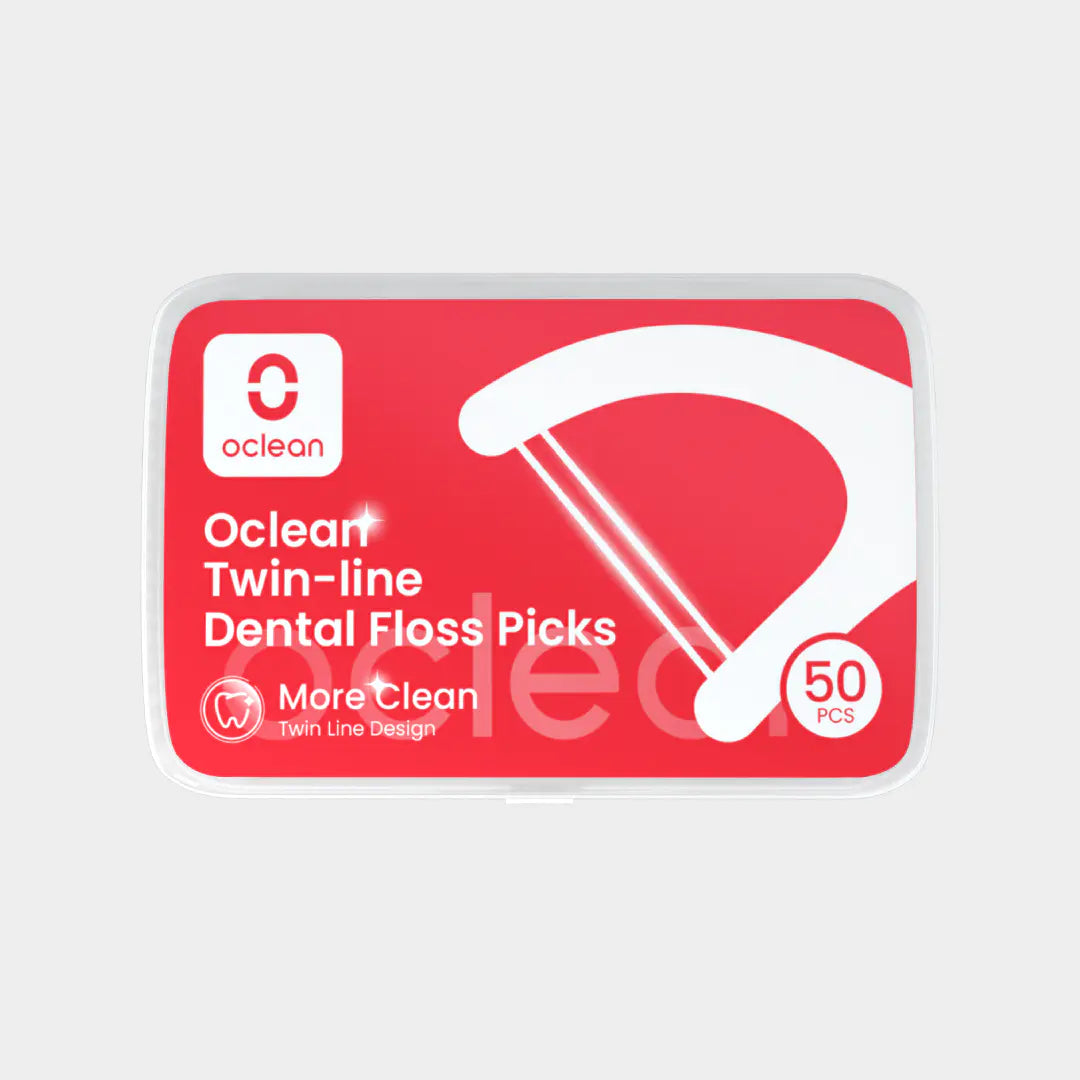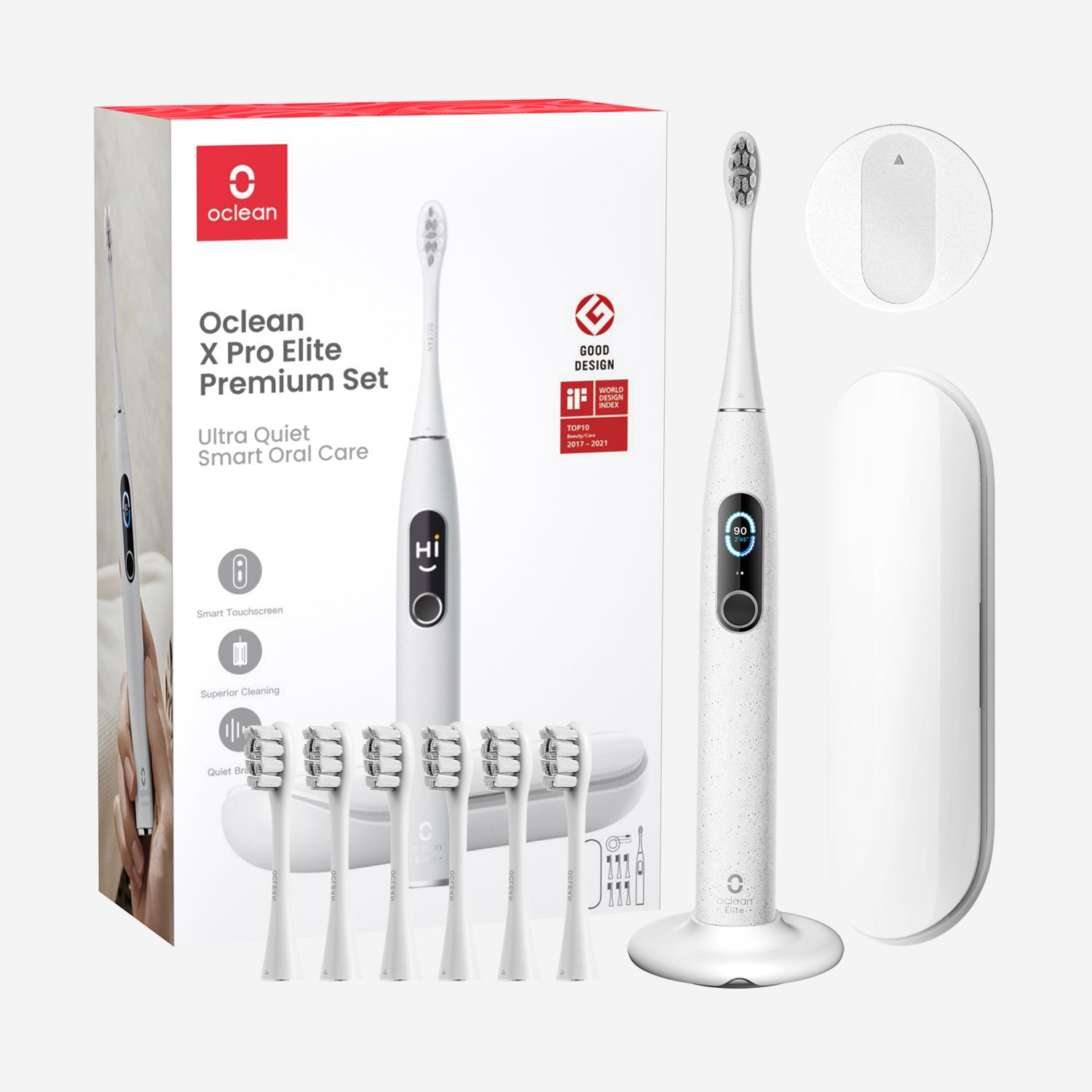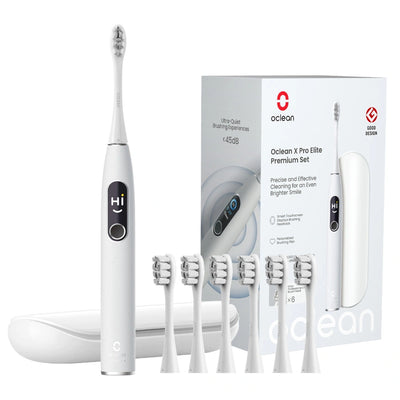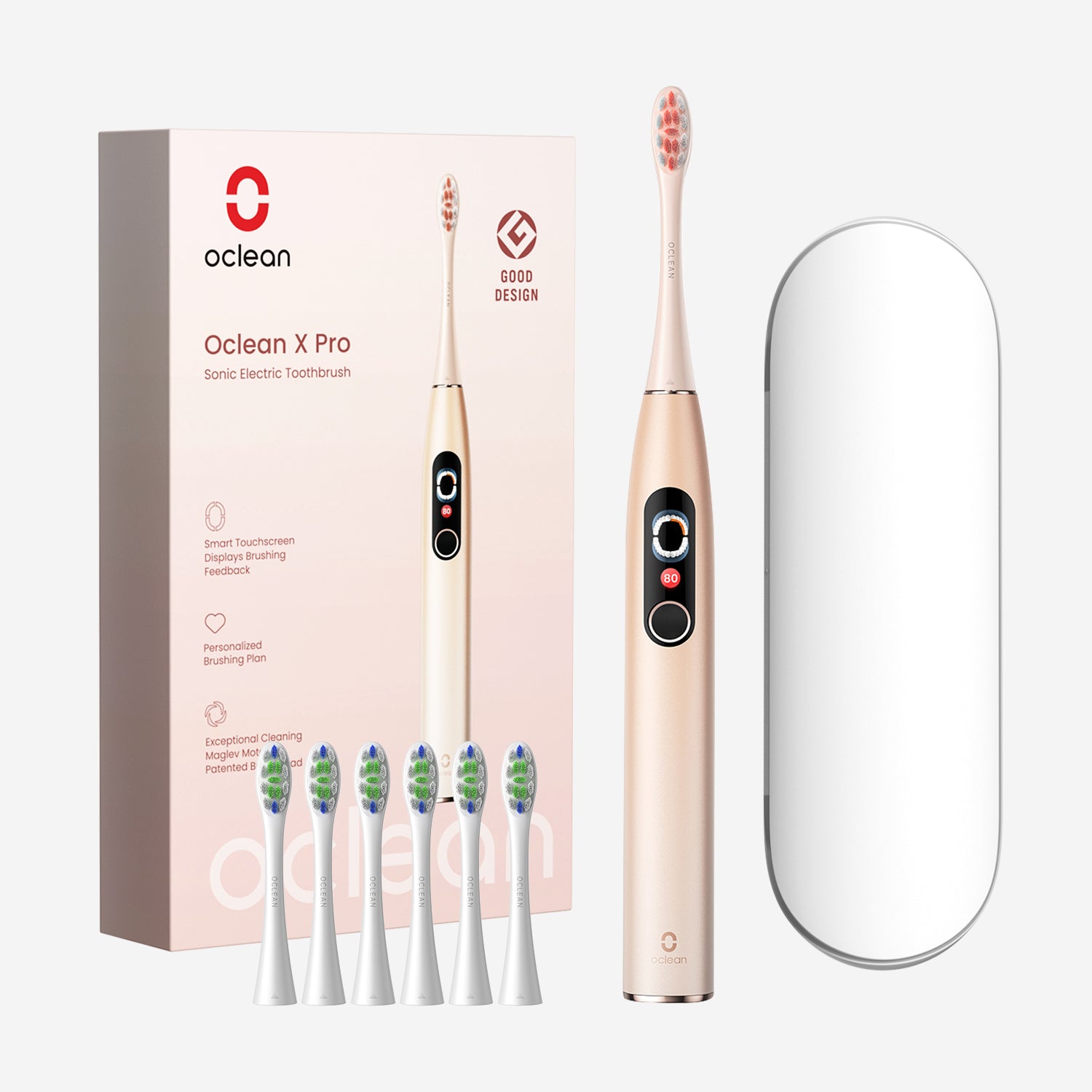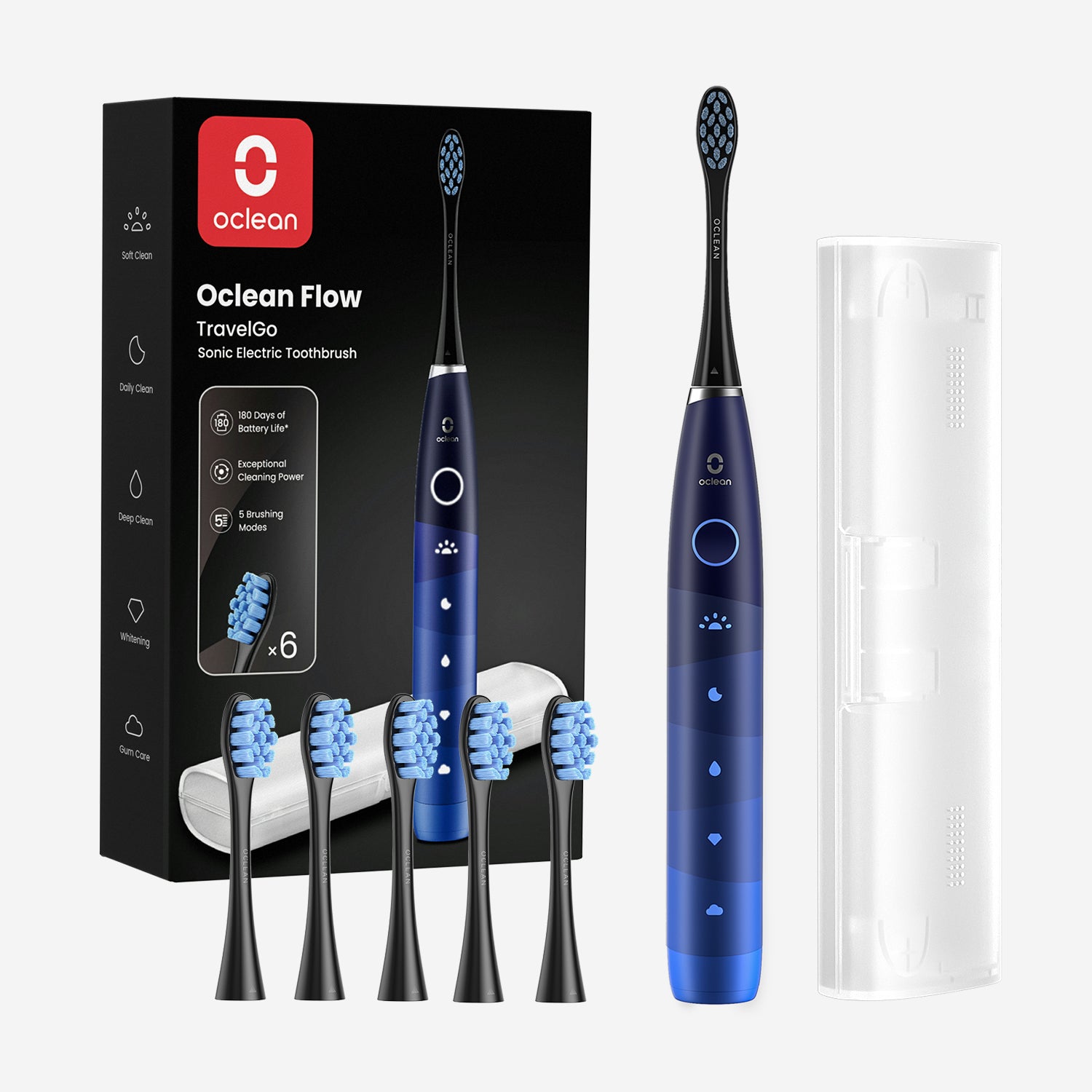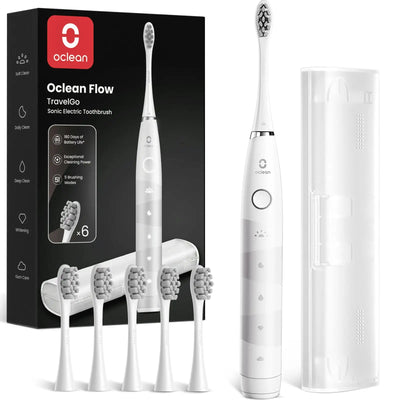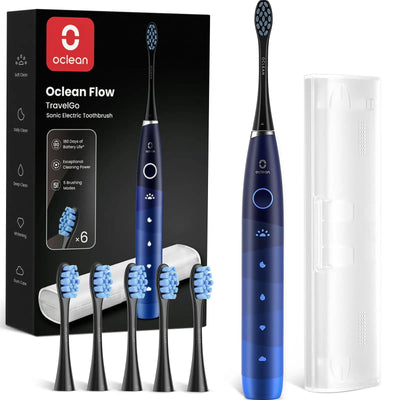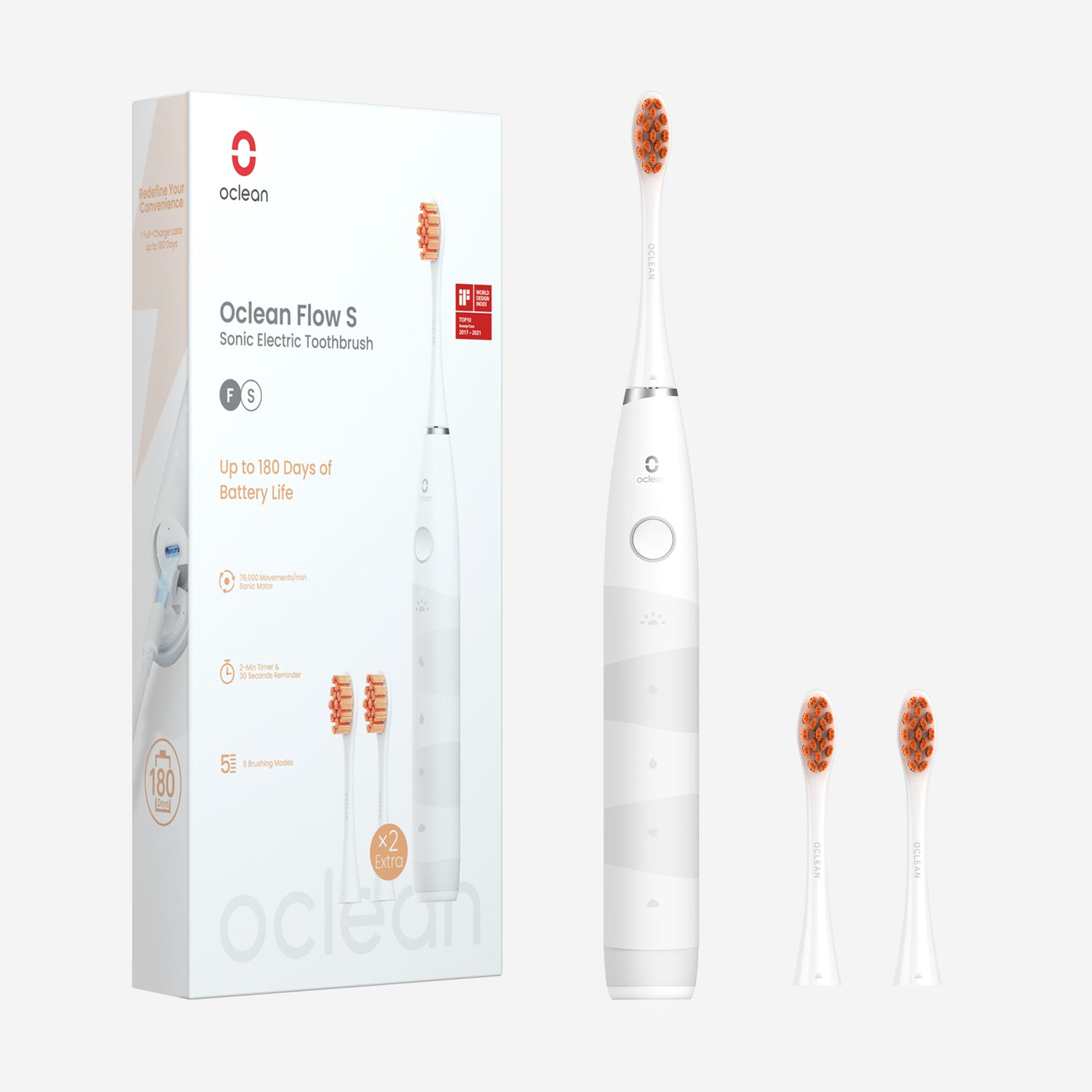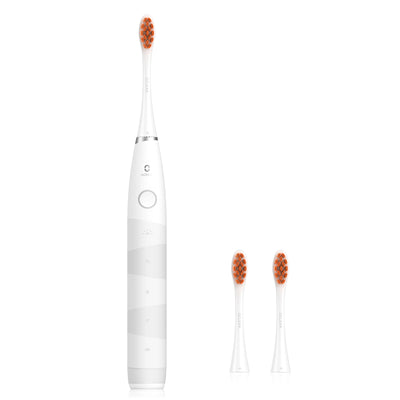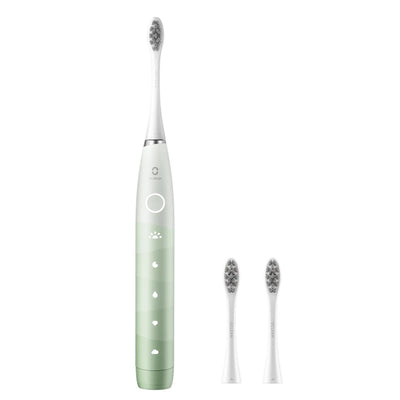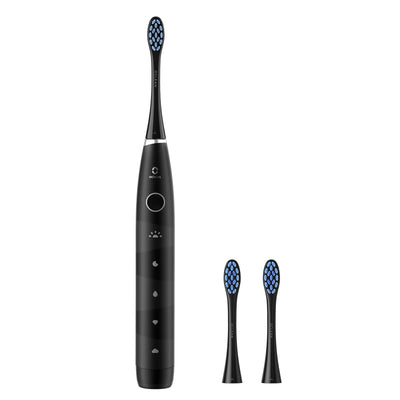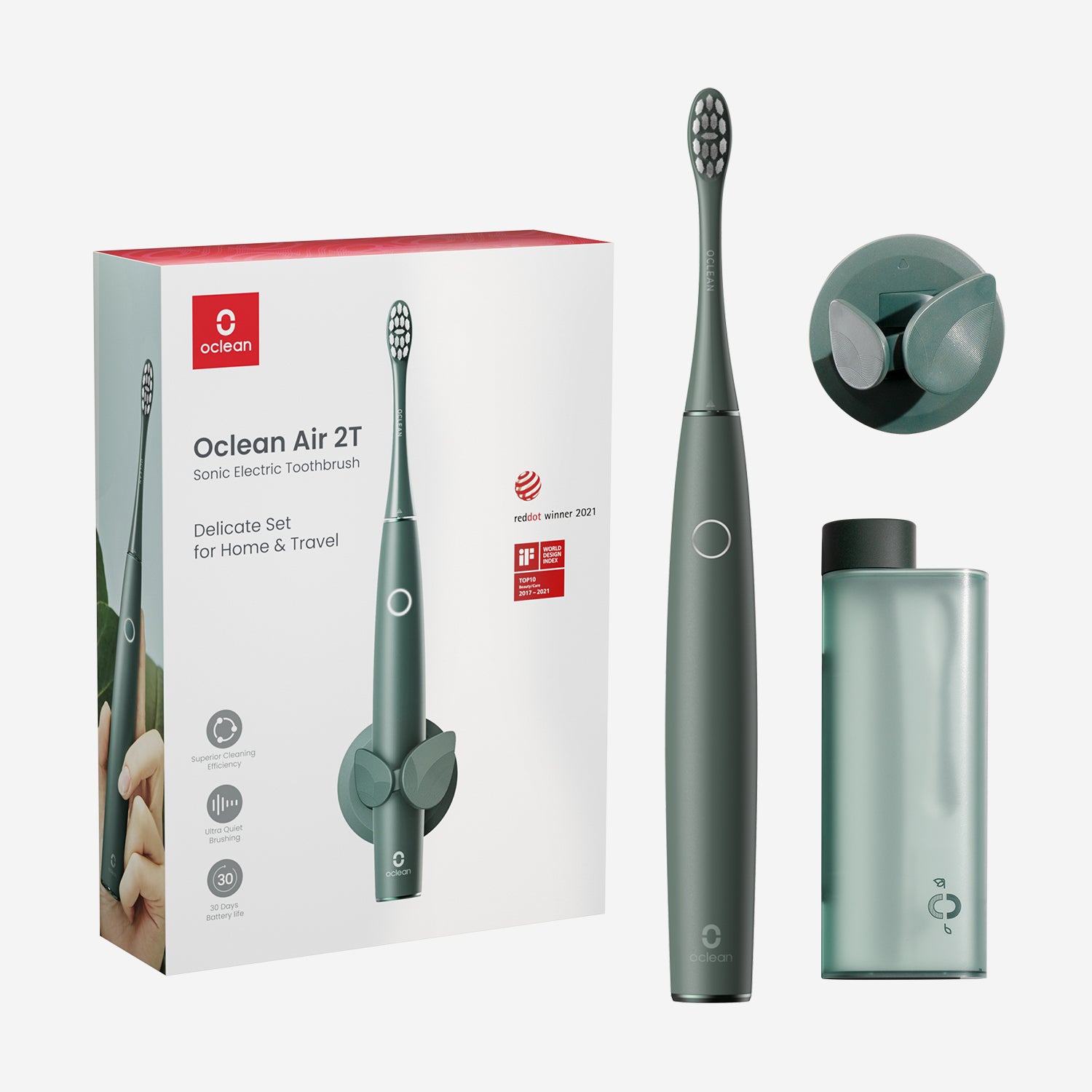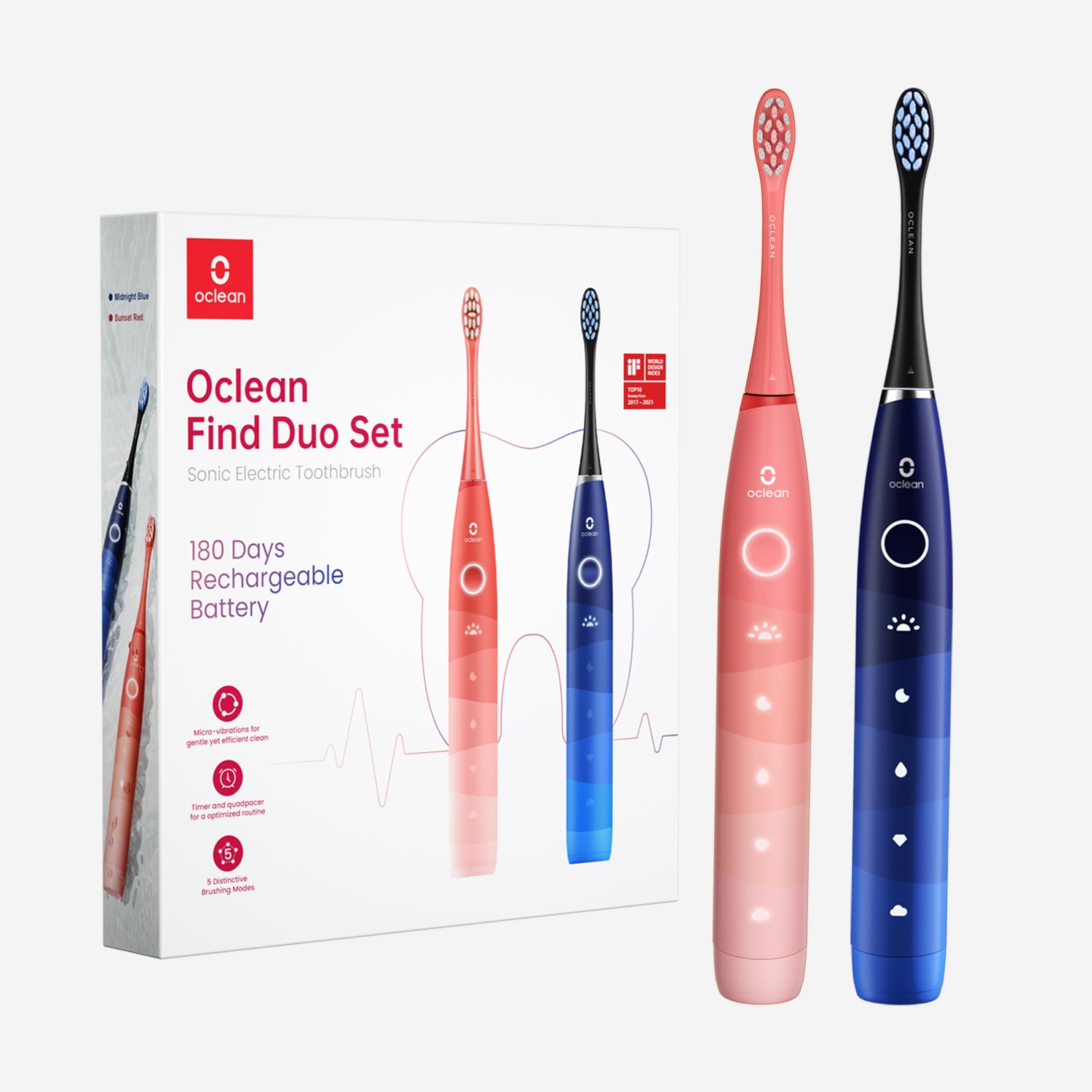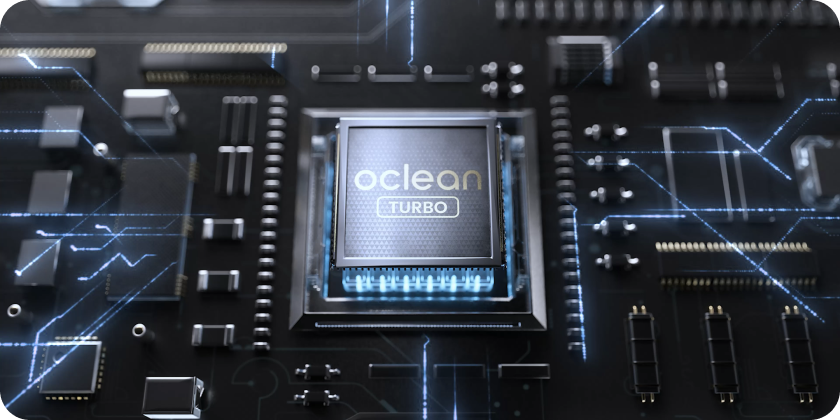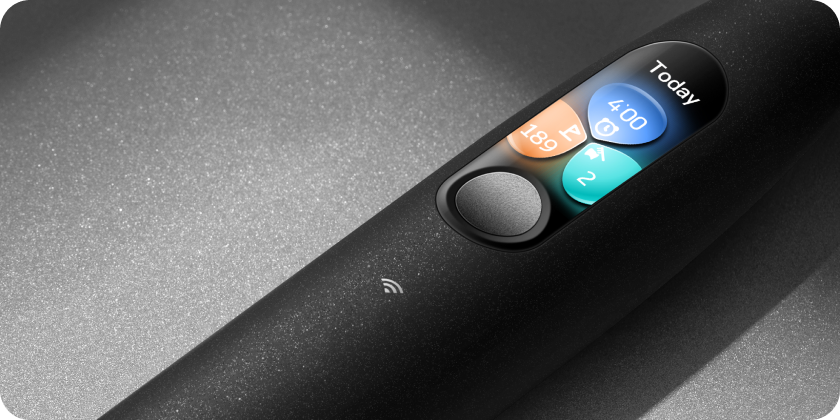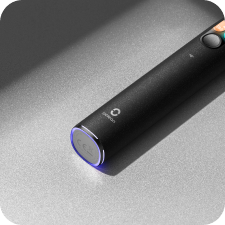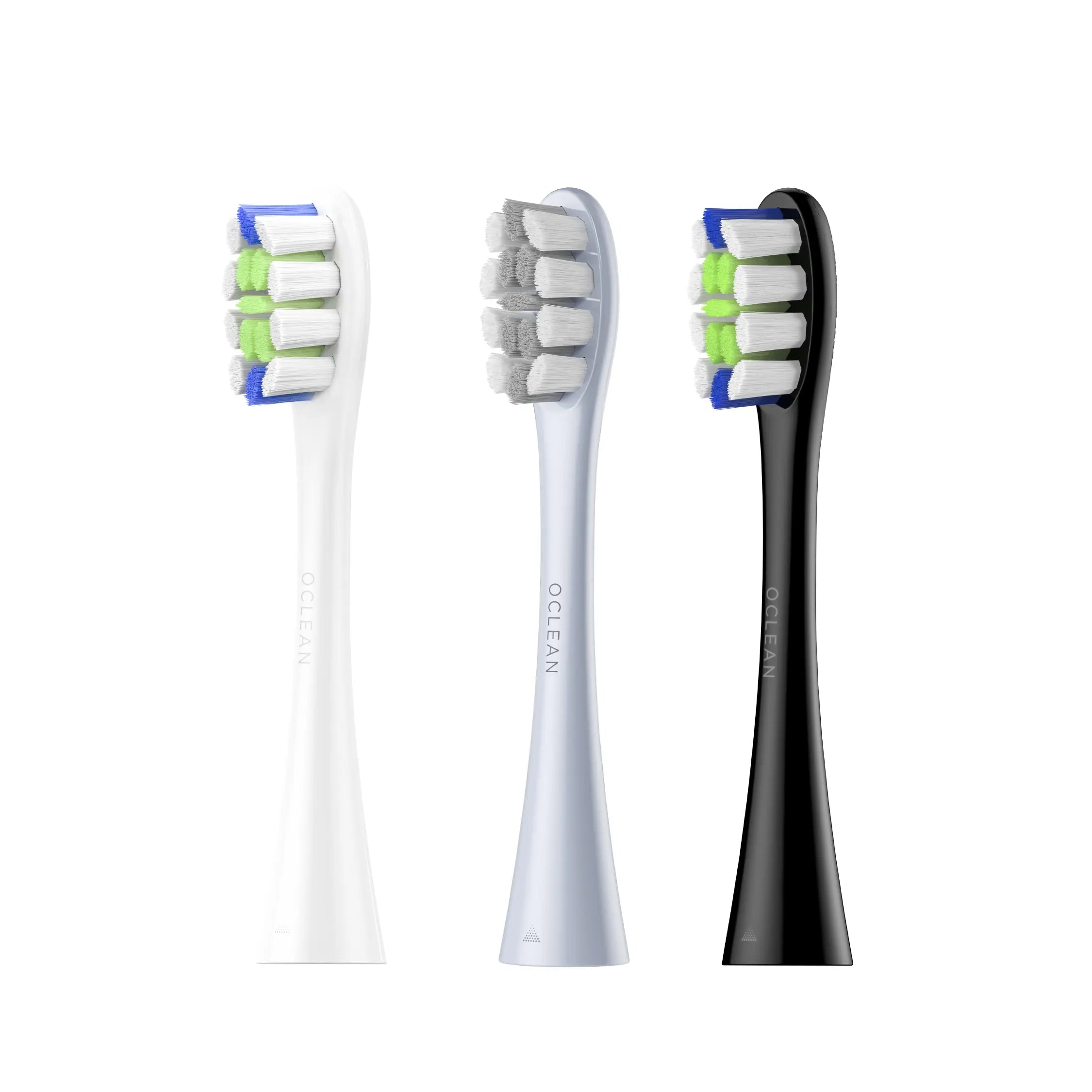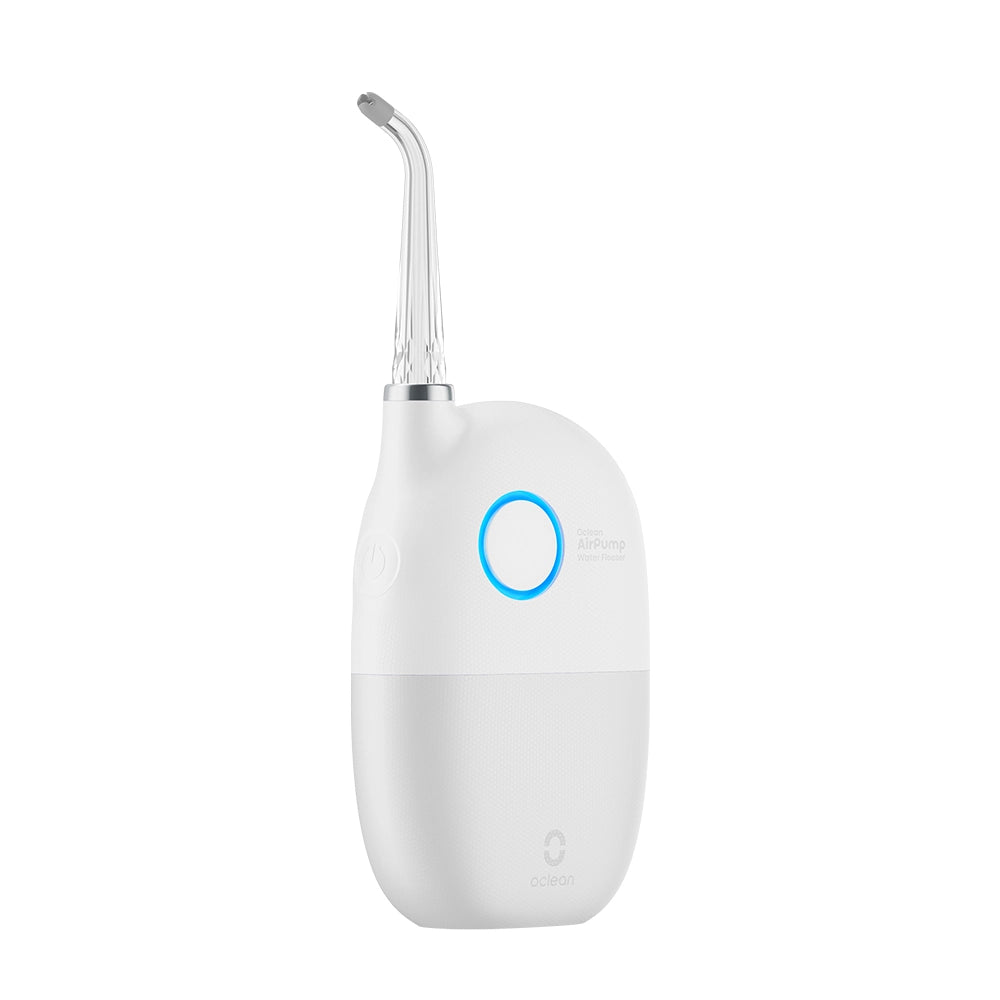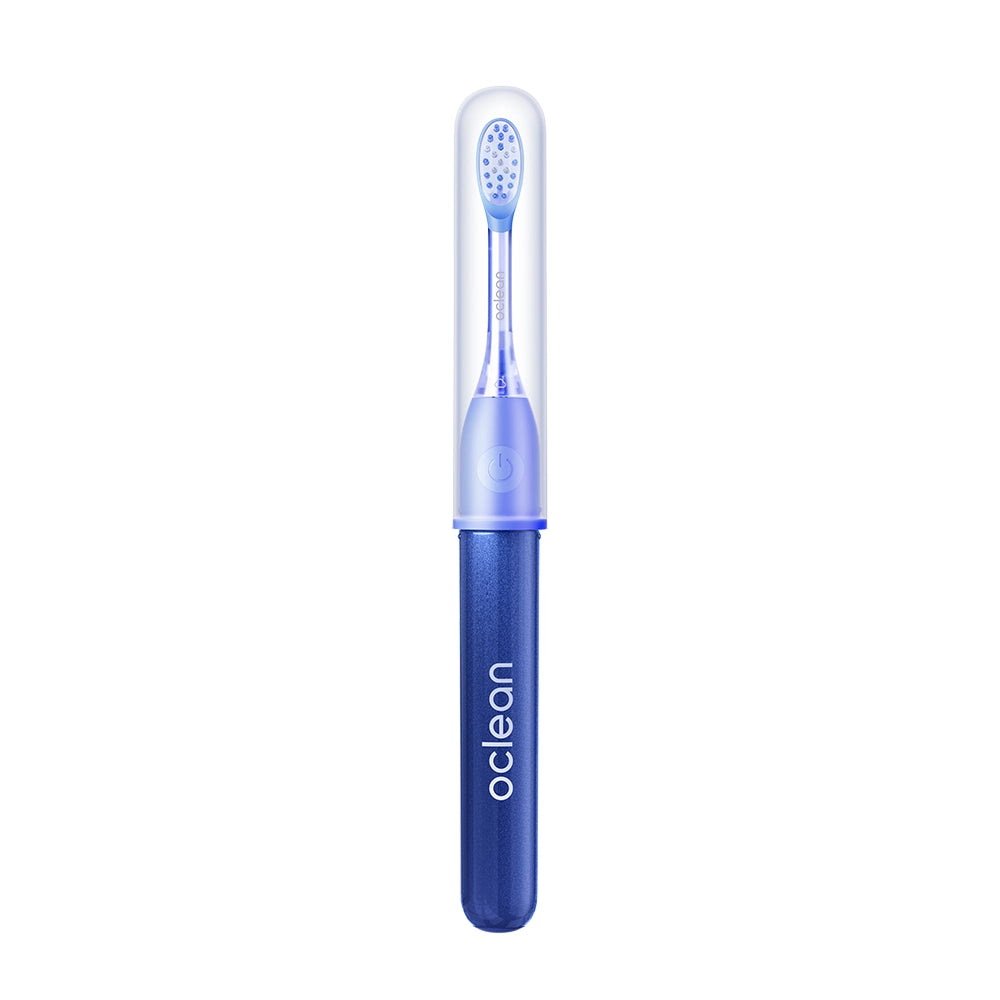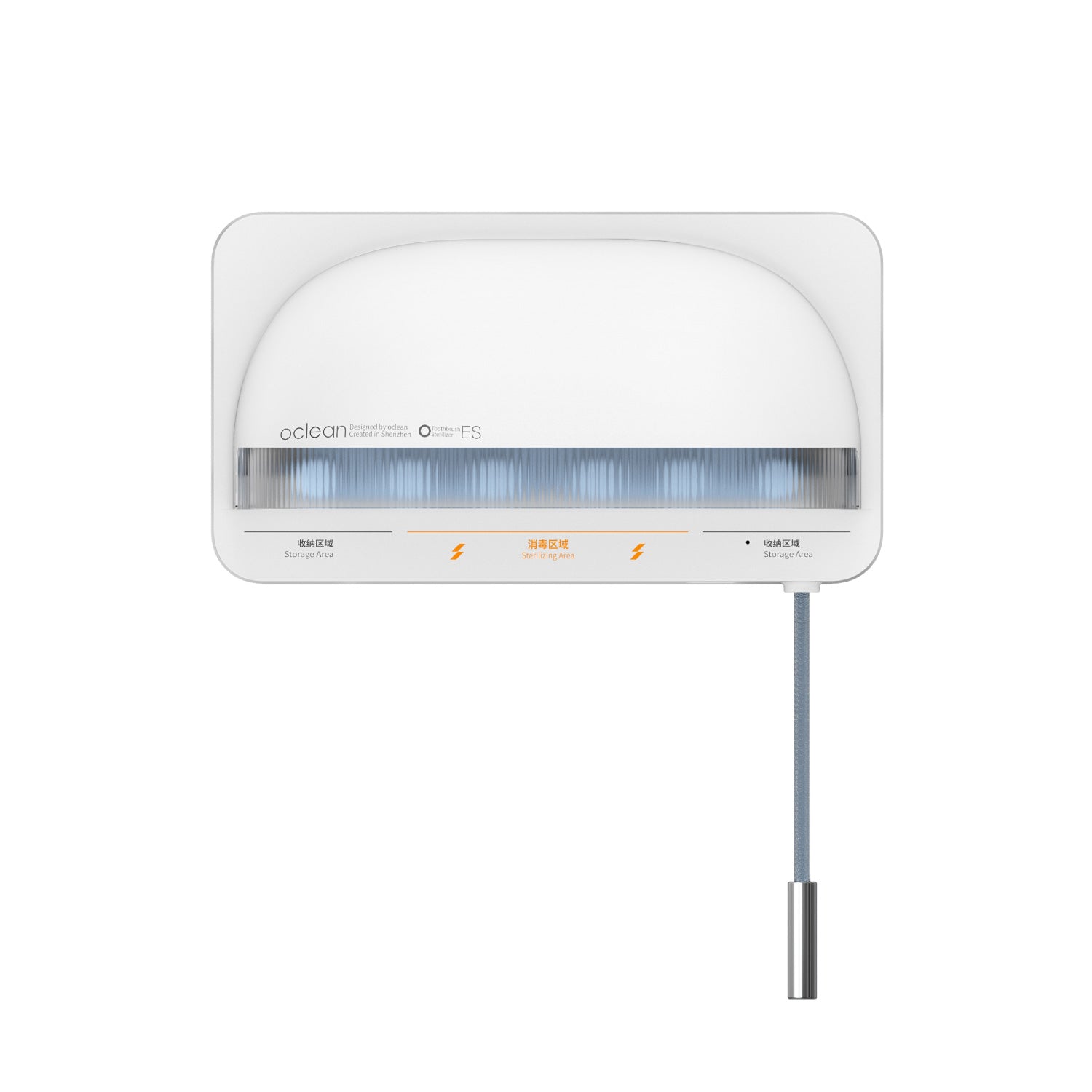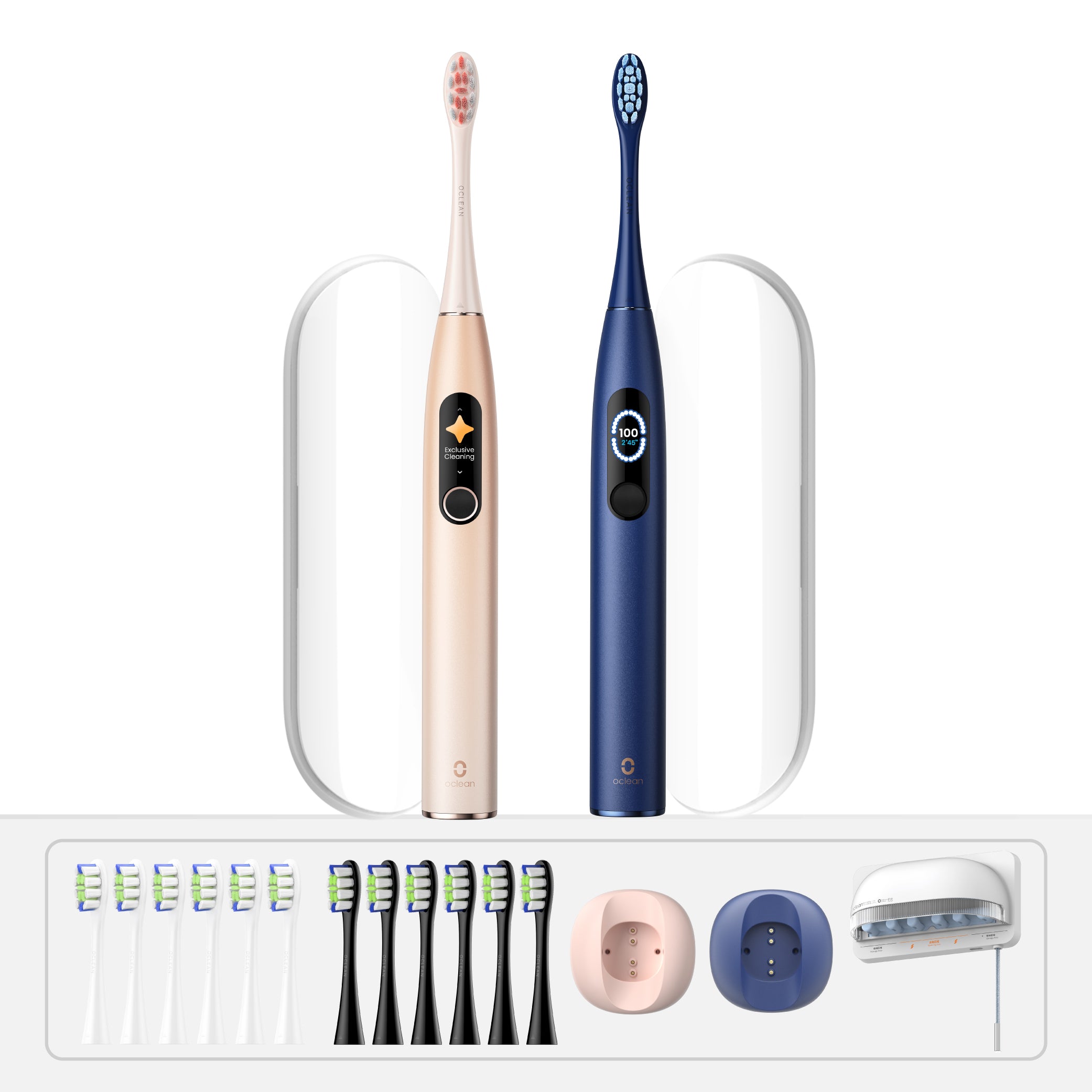Elektriske tannbørster har revolusjonert munnhygienen – de er mer effektive, raskere og smartere. Men for mange brukere har lyden fra tannbørsten alltid vært et problem. En bråkete summende tannbørste kan være irriterende, spesielt for følsomme ører, barn eller for den som foretrekker en stille børsteøkt.
Det er der stille elektrisk tannbørste teknologi passer inn. Merker som Oclean leder an med neste generasjons design som produserer støynivåer på under 50 desibel – mindre enn en vanlig samtale – uten å gå på kompromiss med renhetsnivået. Men hvordan? La oss finne ut av det!
Hvorfor støynivåer er viktige i elektriske tannbørster
Noen forbrukere vurderer vanligvis bustehastighet, rengjøringsinnstillinger eller batterilevetid når de kjøper en tannbørste. Støy spiller derimot en større rolle enn du kanskje har tenkt på:
- Sensorisk komfort: Overdreven summing kan være overveldende, spesielt for barn eller personer med sensorisk sensitivitet. [1]
- Fellesområder: Morgenrutiner kan forstyrre sovende romkamerater eller partnere.
- Barnas opplevelse: Stille tannbørster kan redusere frykt eller unnvikelse hos barn under tannpussen.
- Mental avslapning: myk børste skaper rett og slett en roligere og mer beroligende start på dagen din.
Ved å holde lydnivået lavt, skaper du en bedre børsteopplevelse – uten å gå på kompromiss med renheten.
Hva betyr "stille" for en elektrisk tannbørste?
Desibelnivåer (dB) brukes for å vurdere lydnivået. Her er en rask sammenligning for å forstå hva <50 dB faktisk betyr:
|
Lydkilde |
Desibelnivå |
|
Normal samtale |
60 dB |
|
Kjøleskap som summer |
40–45 dB |
|
Whisper |
30 dB |
|
Oclean Ultra-stille modeller |
≤ 45 dB |
Enhver tannbørste som opererer under 50 dB, regnes som «ultra-stille». Disse er vanligvis designet med avanserte børsteløse motorer og støydempingsteknologi integrert i kabinettet.
Hva gjør en elektrisk tannbørste støyende?
For å forstå hvordan børster blir stillere, la oss først forstå hvorfor de er bråkete.
Det meste av lyden kommer fra:
- Motorvibrasjon: Tradisjonelle motorer genererer mye mekanisk støy under bevegelse.
- Gir mekanismer: Noen av disse børstene bruker gir for å omdanne motorrotasjon til børstehårbevegelse, noe som gir slipelyder.
- Høyhastighetsbevegelse: Bevegelse med en hastighet på mer enn 30 000 slag per minutt kan produsere en summelyd, spesielt hvis den ikke er tilstrekkelig innkapslet.
- Løse deler eller dårlig innkapsling: Pensler av lavere kvalitet lager rasling på grunn av løst sittende deler.
Støyreduksjon krever optimalisering av alle disse områdene – med start i selve motoren.
Teknologien bak Silent Sonic-tannbørster
Hva gjør at høykvalitetsbørster som Oclean er så stille i bruk?
1. Maglev Børsteløs Motor
Den største gjennombruddet innen støyreduksjon er bruken av Maglev (magnetisk levitasjon) børsteløse motorer. Maglev-motorene skiller seg fra standardmotorer ved at de fjerner friksjon ved å suspendere de bevegelige delene av motoren med magnetisk levitasjon. Det vil si:
-
Mindre mekanisk kontakt = mindre støy.
-
Mer holdbarhet og mindre slitasje over tid.
-
Jevenere og mer effektiv energikonvertering.
Norwegian I Oclean har våre soniske tannbørster Maglev-motorer som gir opptil 84 000 børstestrøk per minutt – alt under 45 dB.
2. Avansert lydisolasjon
Stille motorer er bare halve historien. Ocleans børstehoder er designet med lydisolerende materialer som demper vibrasjoner og undertrykker lydlekkasje. Denne flerlags kapslingsstrukturen hindrer at interne motordeler lager resonanslyder som slipper ut.
3. Smart frekvensjustering
For å balansere rengjøringseffekt og stillhet, bruker Ocleans smarte soniske tannbørster adaptiv børsteteknologi som kontinuerlig justerer vibrasjonsintensiteten i henhold til trykket du legger på og valgt modus – slik at du får skånsom rengjøring uten overdreven summing.
4. Presisjonsmontering
Ingen klirr, ingen løse deler. Hver Oclean-børste er designet med tett tilpassede deler for å forhindre unødvendig intern bevegelse, noe som gjør designet kompakt, effektivt og stille.
Hvordan Oclean holder seg i forkant med stille sonisk børsting
Oclean er blant de få merkene som tester grensene for rengjøringseffektivitet og stille drift – uten å gå på kompromiss med design eller funksjoner. Her er noen av de beste modellene som skiller seg ut:
Oclean air 2t sonic tannbørste
The Oclean air 2t er ultraslank og ultrastille – med en drift på under 37 dB er den ideell for stille pussing, selv i delte omgivelser. Selv om den er liten i størrelse (under 95 g), oppnår den 80 000 bevegelser per minutt med sin robuste Maglev-motor.

Med opptil 30 dagers batteritid, DuPont-børstehår, IPX7-vanntetthet og 2,5 timers hurtiglading, er det det perfekte valget for stille, effektiv og reisevennlig munnhygiene.
Oclean x pro elite sonic tannbørste
The Oclean x pro elite kombinerer høy ytelse med smart børsteteknologi – alt mens den holder seg stille med under 45 dB. Den har 84 000 bevegelser/min, en smart skjerm for sanntids tilbakemelding, 4 moduser med 32 intensiteter, og app-baserte børsteplaner.

Legg til en batterilevetid på 35 dager, IPX7-vanntett konstruksjon og et elegant design, så har du en profesjonell rengjøring uten støy.
Er en stillere tannbørste fortsatt effektiv?
Absolutt. Raskere soniske børster kan til og med være mer effektive fordi:
- Norwegian De har Maglev-motorer som overfører mer energi direkte til busten.
- De opprettholder den beste vibrasjonsfrekvensen for fjerning av plakk.
- Norwegian De tillater lengre pussetider ettersom prosessen føles mer behagelig og mindre rystende.
Forskning har vist at høyfrekvente soniske tannbørster (30 000+ slag/min) er mer effektive til å fjerne plakk enn manuelle børster – Ocleans produkter dobler denne hastigheten uten å overskride 50 dB. [2]
Hvem har mest nytte av en stillegående elektrisk tannbørste?
Selv om alle kan ha nytte av en stille børste, er det spesielt nyttig for:
- Barn og småbarn som er lydømfintlige.
- Voksne med sensoriske sensitivitet (ASD, angst, osv.).
- Romkamerater eller par som ikke ønsker støy i fellesområdene.
- Vanlige reisende som pusser tennene på trange steder som fly eller hoteller.
- Alle som pusser tidlig eller sent og ønsker å bevare roen.
Tips for å velge en stillegående elektrisk tannbørste
Hvis stillhet er en prioritet i din munnpleierutine, er dette hva du bør se etter:
- Støynivåvurdering: Hold børsten din under 50 dB.
- Motor type: Maglev- eller børsteløse motorer er best.
- Byggekvalitet: Velg forseglede, førsteklasses kabinett.
- BatterilevetidJo lengre batteritid, desto sjeldnere ladestopp (Oclean varer opptil 35 dager!).
- Smartsfunksjoner: Naturlig tilkobling, pusserapporter og adaptive moduser gjør opplevelsen din enda bedre.
Den viktigste konklusjonen
Sonic tannbørster har utviklet seg mye siden de klumpete og støyende modellene fra før. Takket være stille fremskritt som Maglev-motorer, lydisolering og presisjonsdesign, er dagens elektriske tannbørster – spesielt fra merker som Oclean – kan tilby deg det beste fra begge verdener: grundig rengjøring og en stille opplevelse.
Referanse
1. Zampini, M., et al. «Rollen til auditive signaler i moduleringen av oppfatningen av elektriske tannbørster.» Journal of Dental Research, vol. 82, nr. 11, nov. 2003, s. 929–932, https://doi.org/10.1177/154405910308201116. Tilgang 20. sept. 2020.
2. Mensi, Magda, et al. «Effektivitet av sonisk versus manuell tannpuss etter profesjonell mekanisk plakkfjerning: En 6-måneders randomisert klinisk studie.» International Journal of Dental Hygiene, 13. aug. 2021, https://doi.org/10.1111/idh.12541.
Table of Contents
